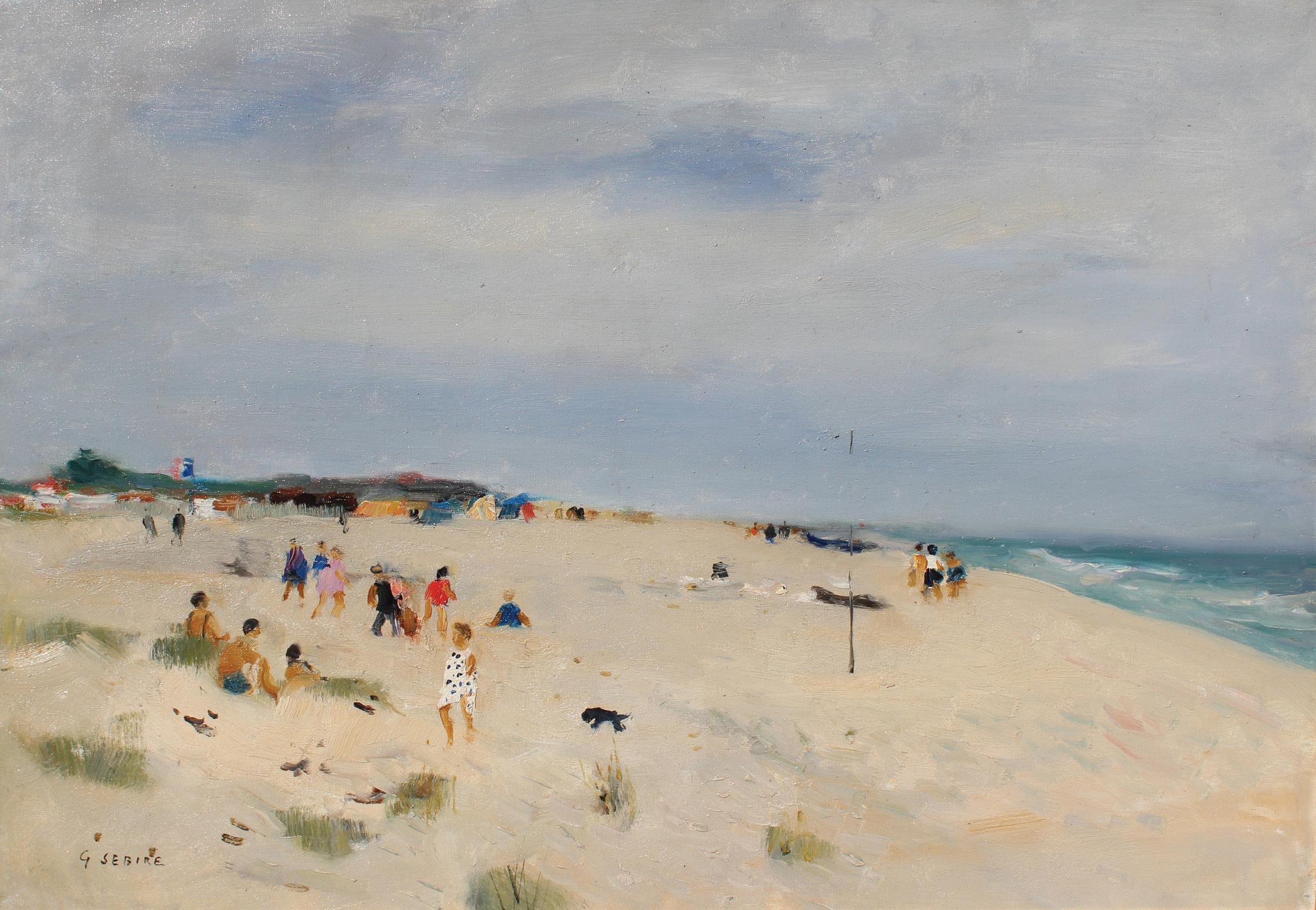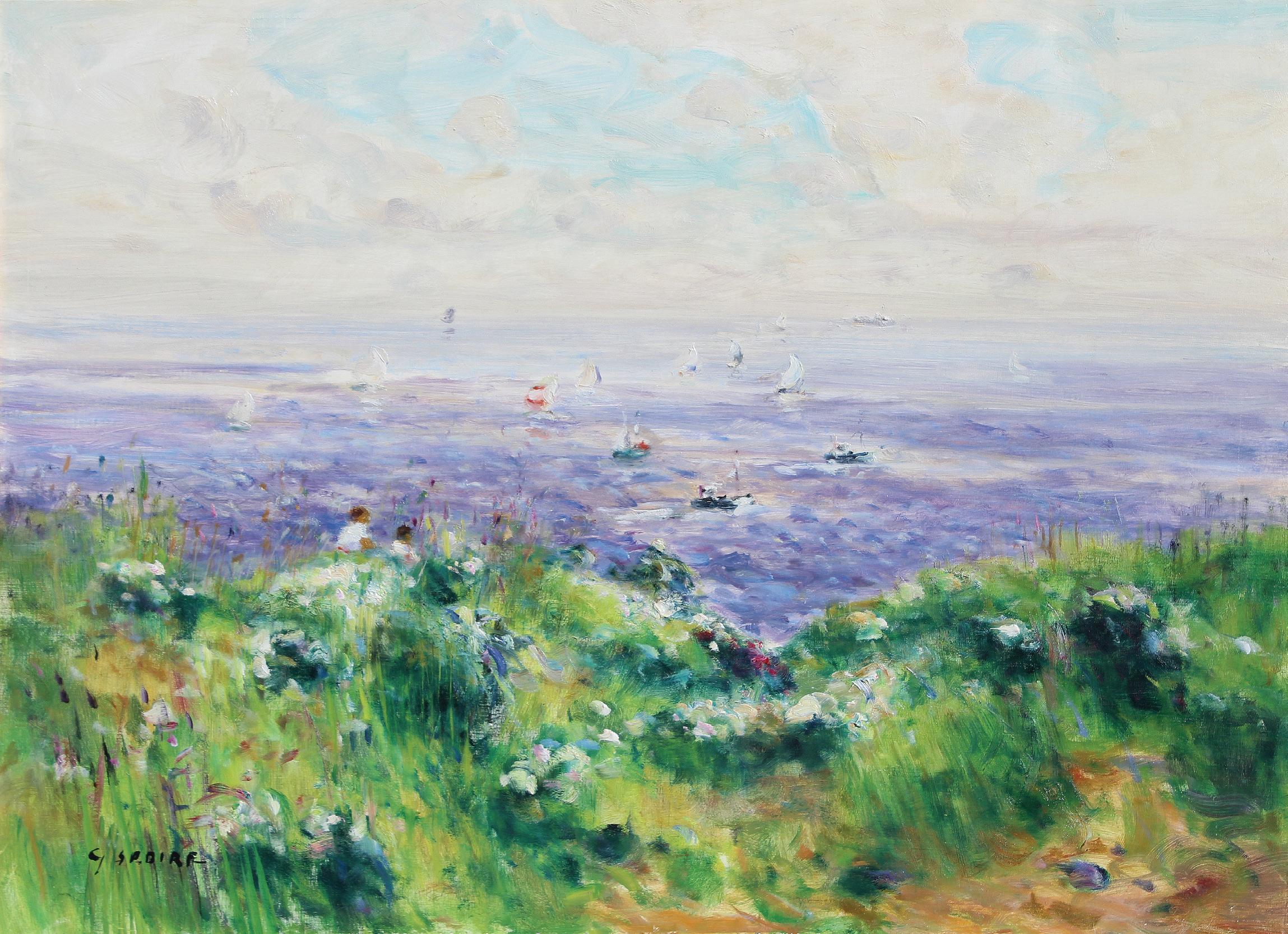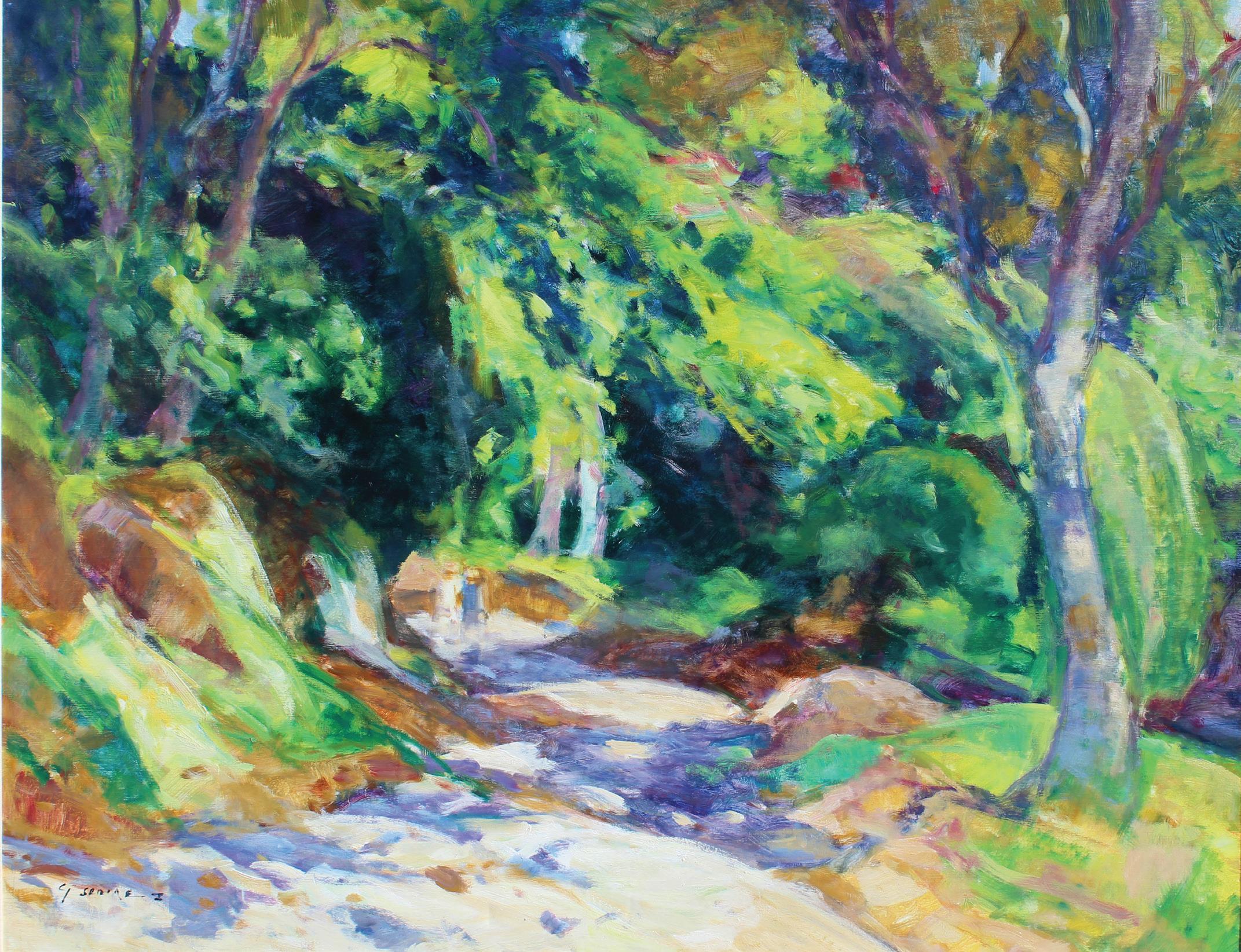FINDLAY GALLERIES
THREE CENTURIES IN ART

THREE CENTURIES IN ART
IMPRESSIONIST AND POST-IMPRESSIONIST WORKS


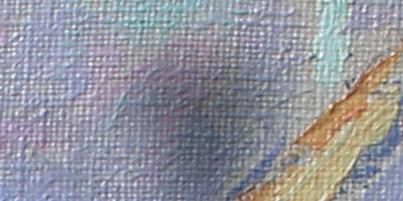
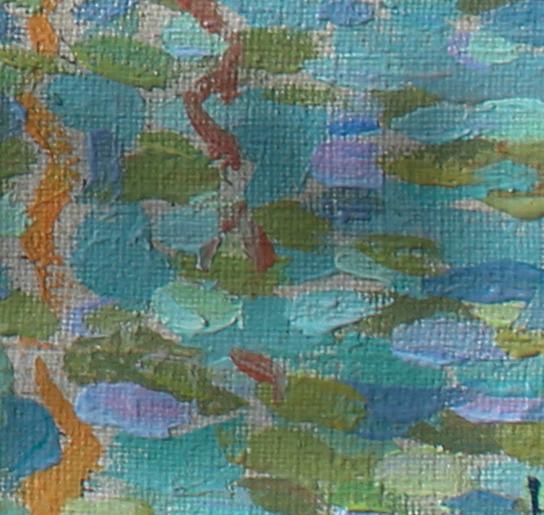

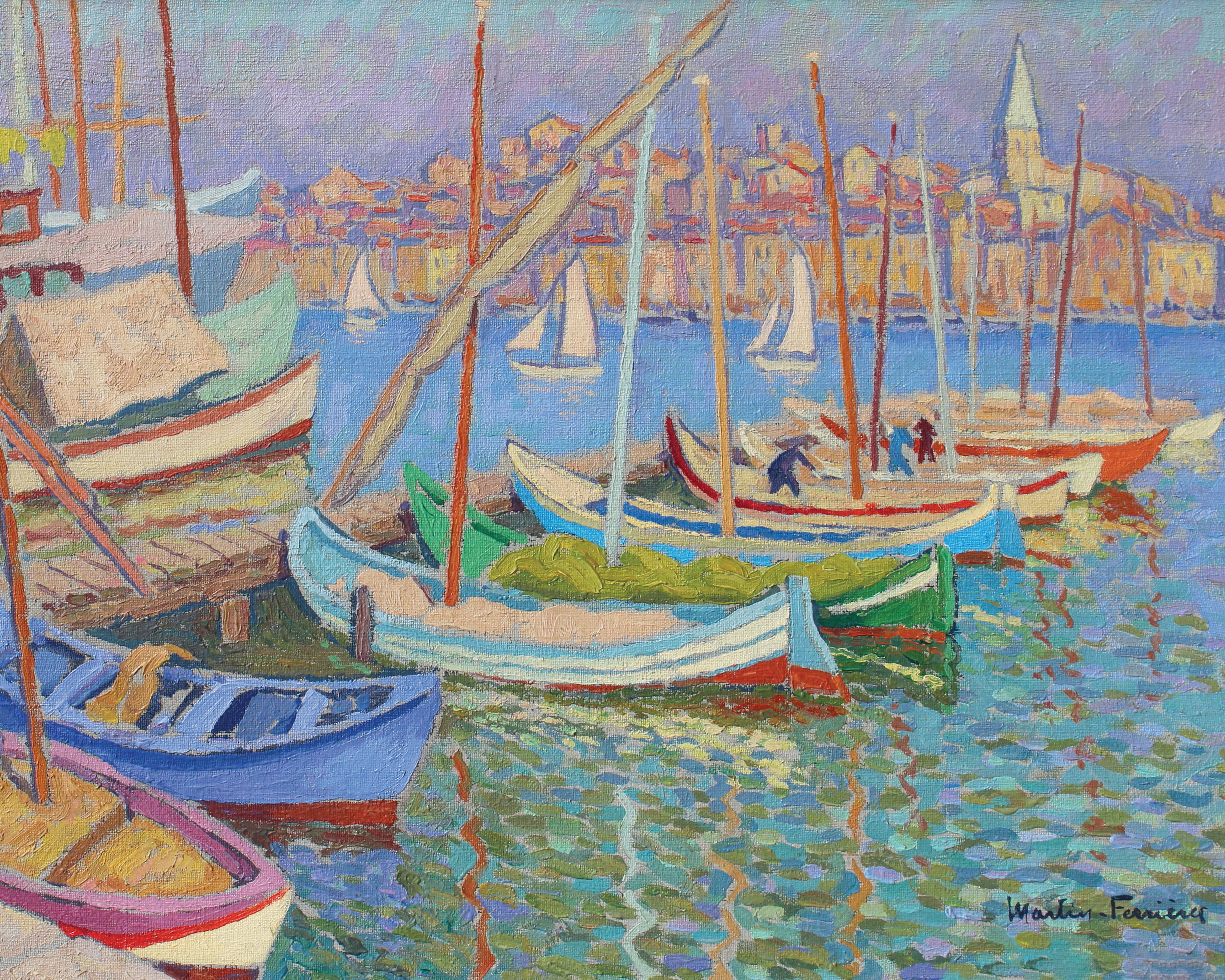
Findlay Galleries, Palm Beach, is pleased to present the exhibition Impressionism, which explores our collection of impressionist and post-impressionist works from artists including Adrion, Hambourg, Malet, Martin-Ferrières, Montézin, Pinchon, and Sébire. The exhibition showcases the similarities and contrasts between both schools, from the Impressionists’ depiction of the fleeting effect of light, atmosphere and movement to the Post-Impressionists’ symbolic content, formal order and use of color to portray emotion. The exhibition offers a unique opportunity for visitors to explore the rich artistic history of Impressionism and Post-Impressionism.
Robert Antoine Pinchon, born July 1, 1886, was brought up in an artistic climate, as his father was a playwright, librarian of the town of Rouen, and impassioned by music. Pinchon met Pierre Dumont and Marcel Duchamp at a young age while studying at the Lycée Corneille. In 1901, Pinchon entered l’École des Beaux-Arts of Rouen, taking courses with Philippe Zacharie. It was around 1903 that the collector François Depaux began taking an interest in his work. Through his connection to Depaux, Pinchon had the opportunity to speak with Lebourg, Pissarro, and Monet.
At just nineteen years of age, Robert Pinchon faced the discerning Rouen public when in 1905, he exhibited a group of twenty-four paintings. At age twenty-one, the young artist became associated with Paul Mascart and Marcel Delaunay, who had just started the Société des Artistes Rouennais and sent six canvases for their first salon. At this time, he was also associated with the Fauvists, and critics spoke of “his furious yellows and blue hues.” Having formed a close friendship with Pierre Dumont, he followed with great interest the creation of the Group of XX. In 1909, Pinchon, Dunet, Hodé, and Tirvert founded the Société Normande de Peinture Moderne. Pinchon remained faithful to painting Rouen and the banks of the Seine. Throughout his career, critics described him as “the painter of light,” with his delicate hues capturing the effects of light on the Seine. Pinchon continued to exhibit regularly until his death in 1943.

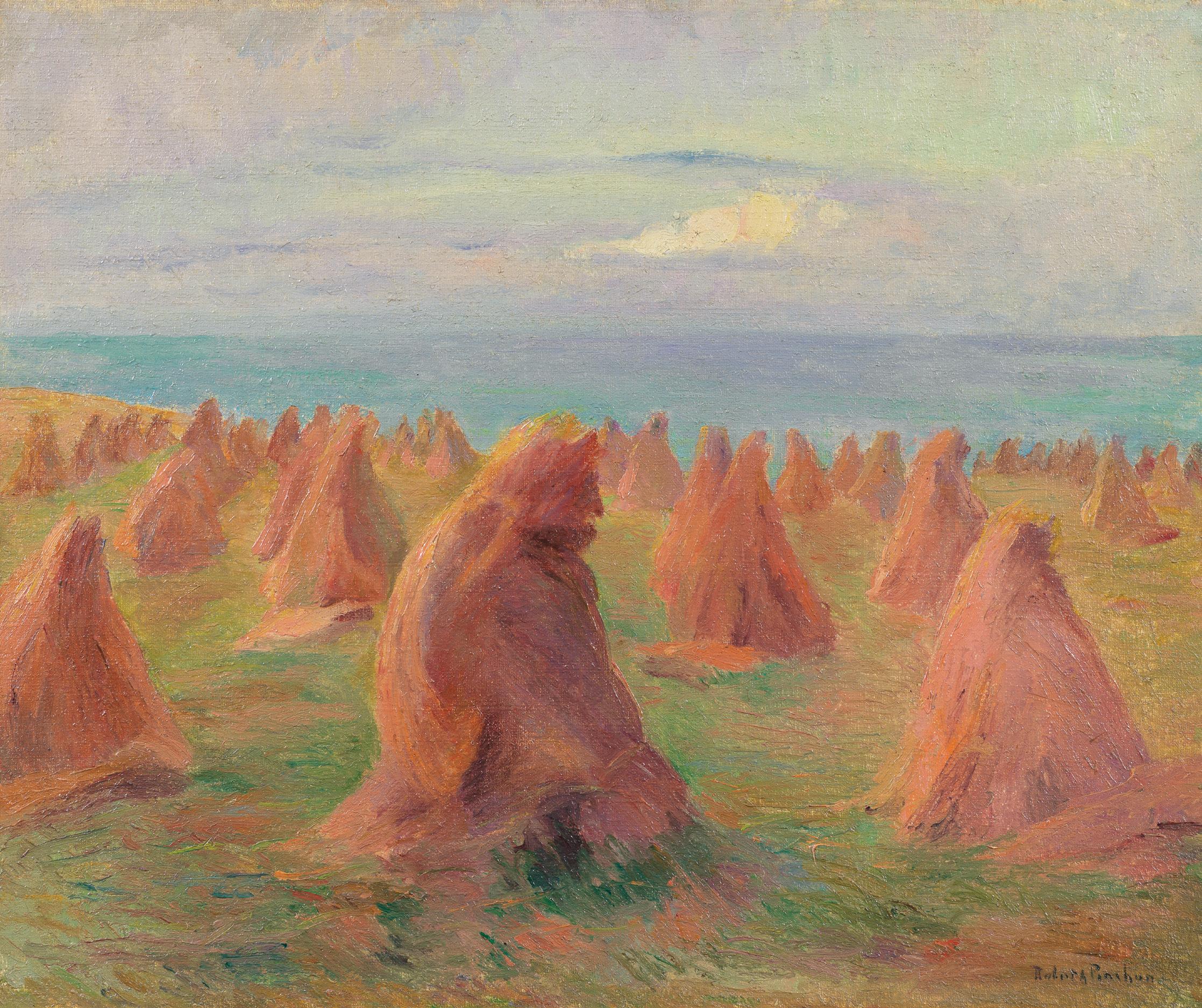


“A remarkable brush combined with an amazing eye”. – Claude Monet

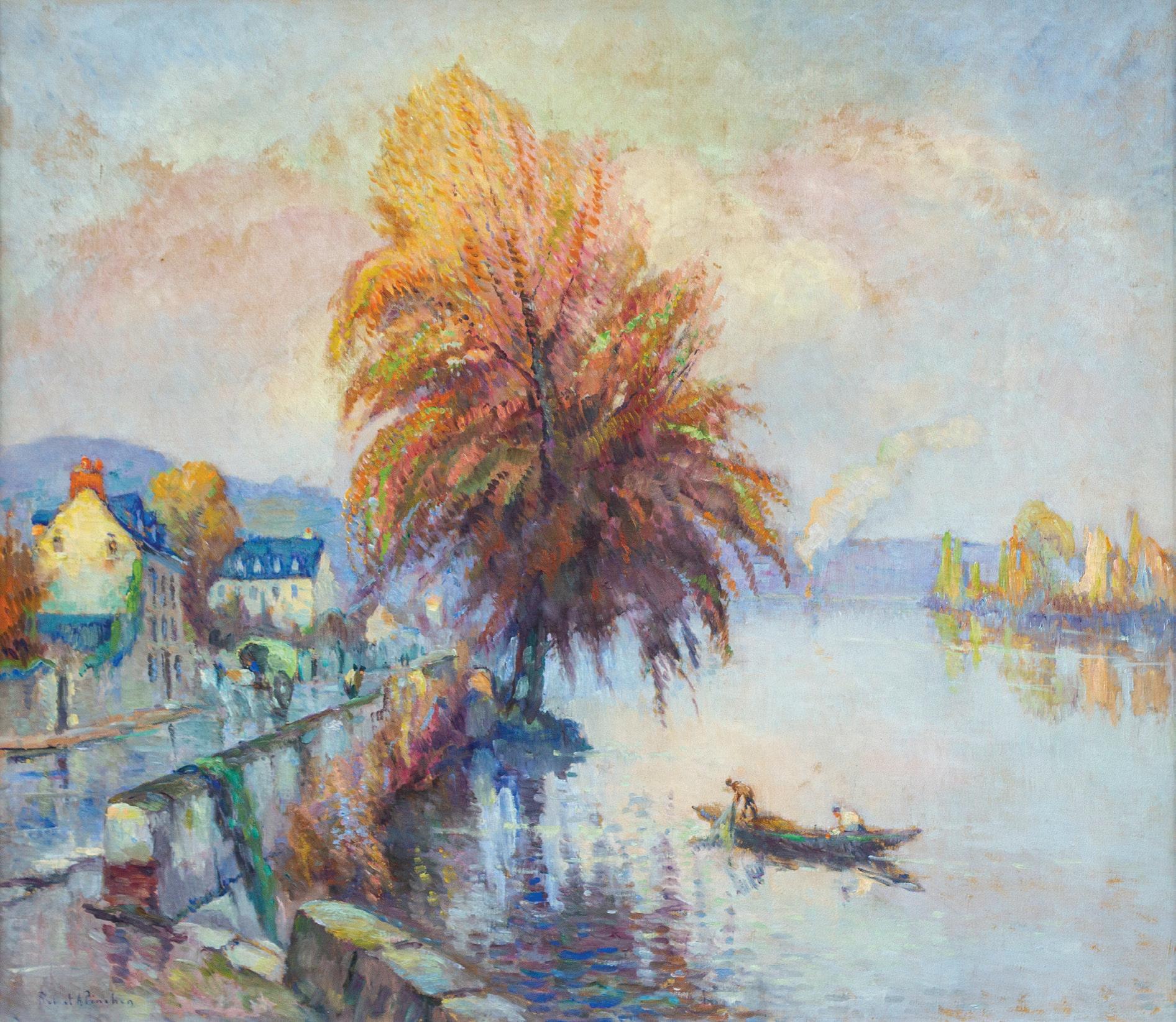
Lucien Adrion was born in Strasbourg, France, in 1889. At the age of eighteen, he moved to Paris, where he found work drawing fashion plates. His desire to keep traveling and exploring led him to London, Munich, Frankfurt, and other cities. While in Germany, Adrion became trapped by the outbreak of the First World War. It was there where he first entered the studio of Hermann Struck, who Chagall later credited as his master.
At the age of 30, Adrion returned to Paris, where he acquired representation with an art dealer named Chéron. He befriended a group of young Eastern European avant-garde painters, including Soutine, Krémegne and Kikoine.
Adrion, a renowned painter of Parisian boulevards and monuments, captured the phrase “City of Lights” in his enchanting paintings. Eventually, he parted ways with Chéron and set his sights on the sunlit beaches of Normandy, where he found immediate acclaim and gained great success in painting his landscapes.
In 1926, the first of Adrion’s many major exhibitions were held at the Salon des Indépendants in Paris. He exhibited regularly at the Salon d’Automne in 1940 and at the Salon des Tuileries in 1941. Today, Adrion’s works hang in museums, including Place Vendome in Paris, Museum der Stadt Ulm in Germany and Museé des Beaux-Arts in Strasbourg, France.
Lucien Adrion died in 1953 at the age of 64.
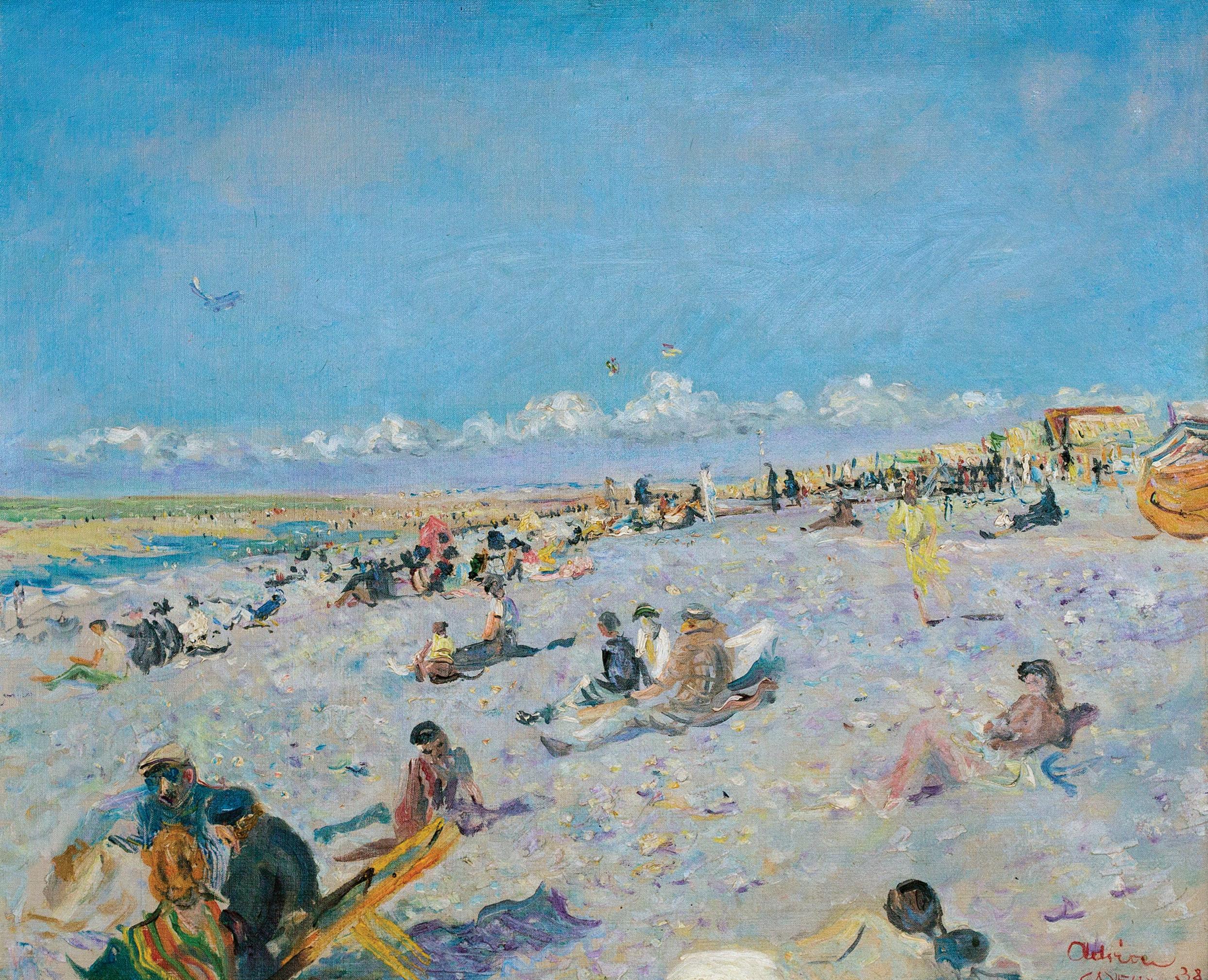
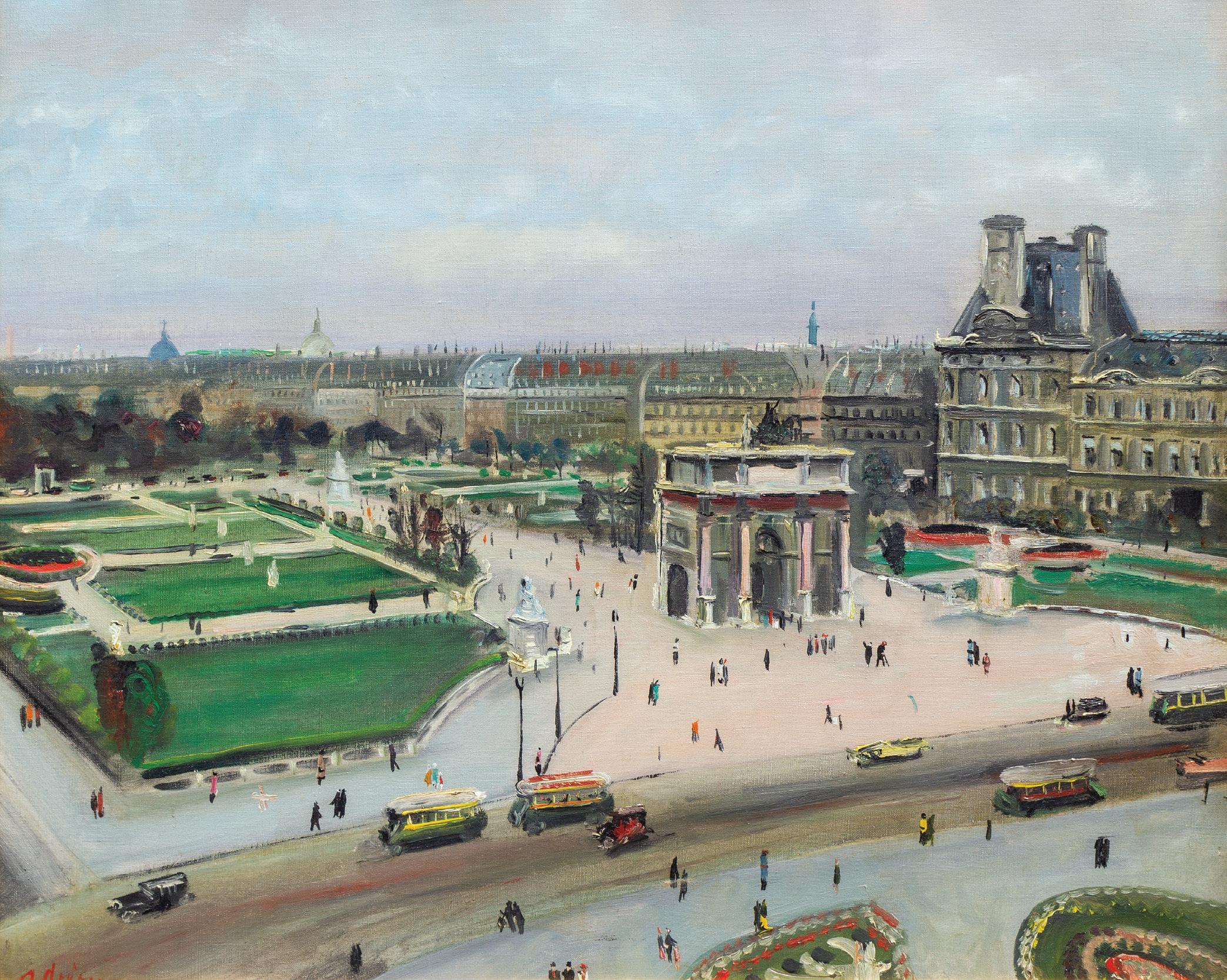
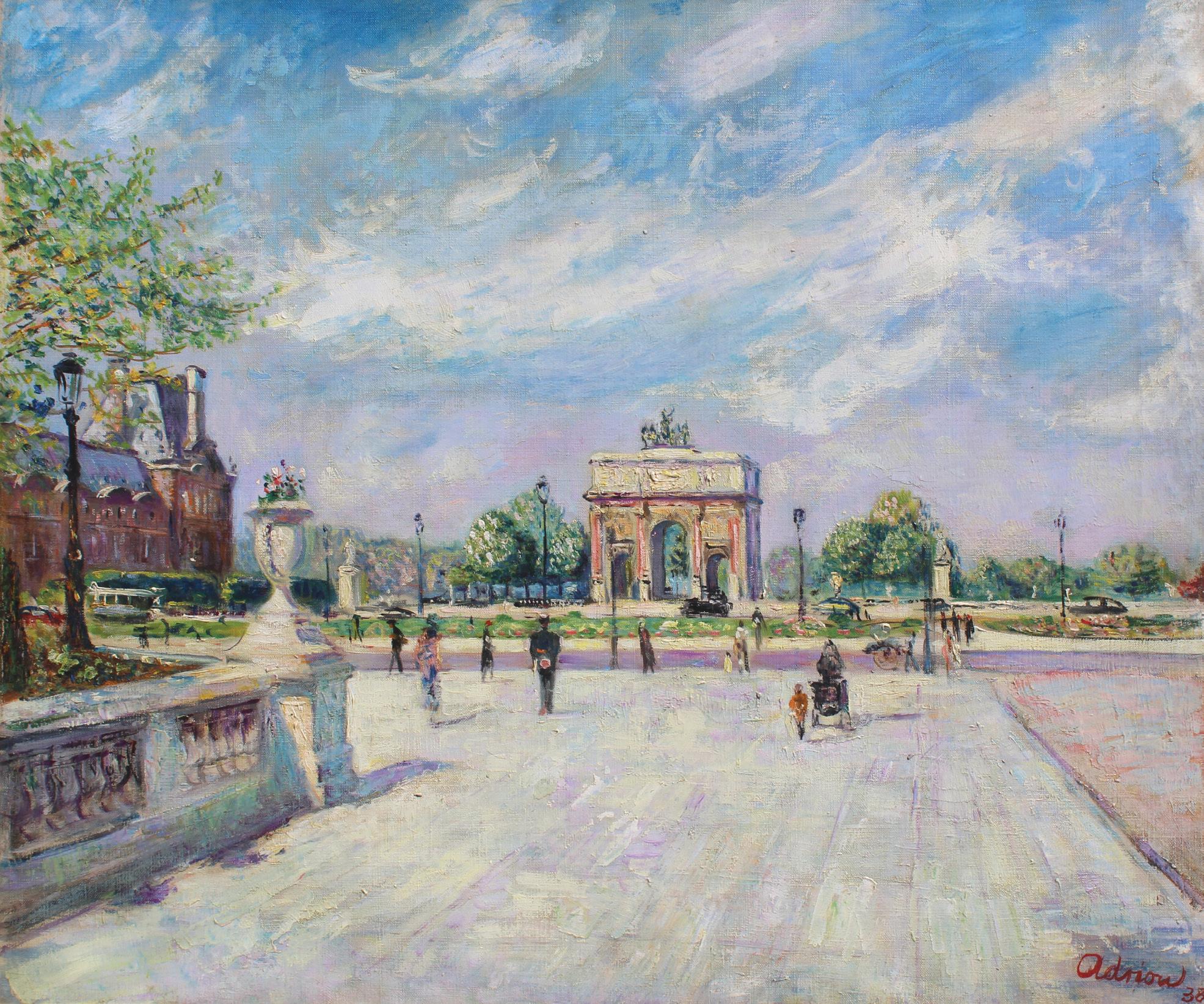
Born in 1905 at Bosc-le-Hard near Rouen, Albert Malet was greatly impressed by the work of Jean-Baptiste Corot, but his greatest inspiration came from the famous Rouen painter Robert Antoine Pinchon. A tremendous understanding developed between the two men, which evolved into a great friendship that lasted until Pinchon’s death. Malet then became his successor as the head of the prestigious l’École de Rouen.
A highly talented man, Malet was also a meteorologist, a botanist, studied astronomy and had great knowledge of precious metals and prehistoric fossils. He held a diploma from l’École Normale Supérieure, as well as being vice president of the Société des Sciences and Chevalier des Palmes Académiques. Malet was a member of the Comité des Peintres Normandes and the Société des Artistes Rouennais. The Salon de l’École Française invited him to exhibit in the Palais de Tokyo in Paris. He was the winner of many medals in a variety of salons and exhibitions within France. The president of France offered his work on several occasions to visiting heads of state, including President Ronald Reagan. Despite his many titles and achievements, Malet remained eternally modest, always encouraging his pupils and celebrating their successes.
It is important to note that as a key member of l’École de Rouen, Malet painted regularly with the other leading Rouennais artists of that time, such as Narcisse Guilbert, Pierre Le Tridivic, and Gaston Sébire. Malet’s sole focus as a teacher was to inspire young artists to develop and continue the great tradition of the School of Rouen. Today the important title of Head of the School of Rouen rests on the shoulders of Malet’s pupil, Isabelle de Ganay. As the school’s stature and relevance continue to grow, we see the result of the time and effort that Malet invested in training de Ganay and his other pupils; this could be counted as one of his highest achievements.
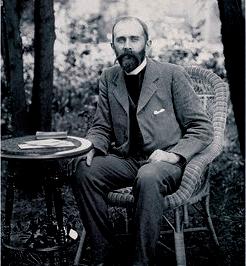


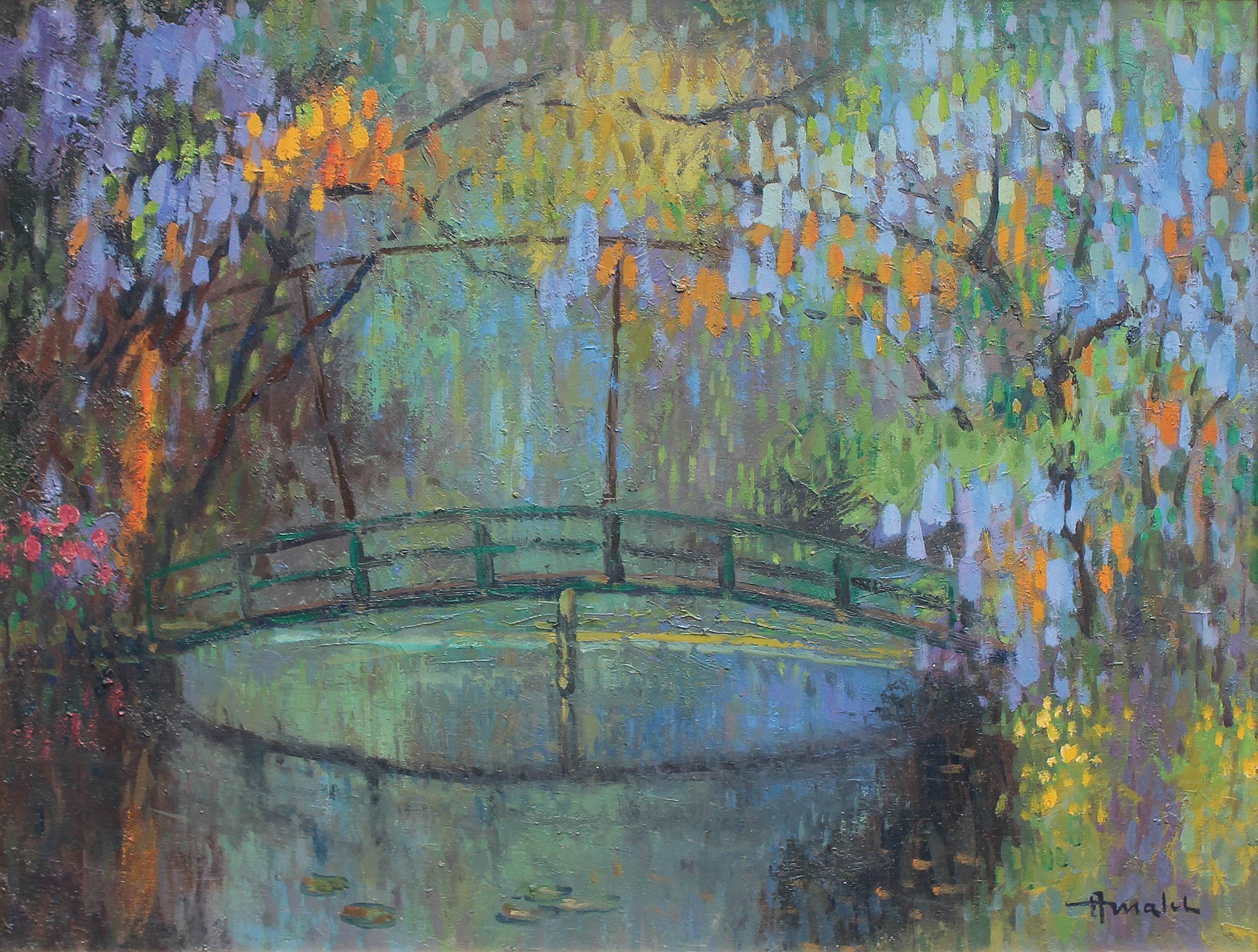
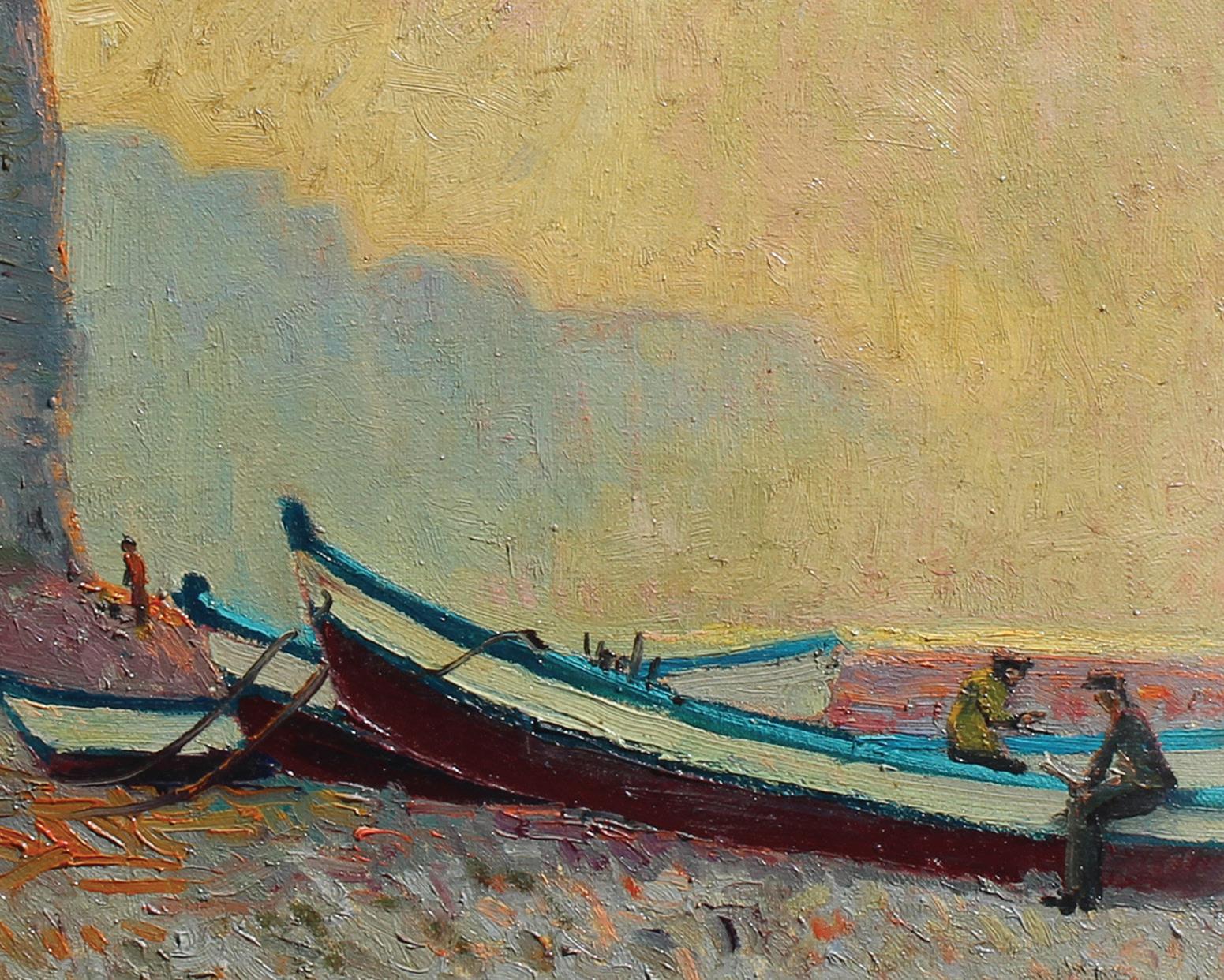
“I believe Malet to be the greatest colorist of l’École de Rouen, both in strength and finesse, which he combined with an innate sense of composition and a great understanding of nature and the use of light. It is unbelievable how delicate his brush strokes were.” - Philippe de La Pomélie
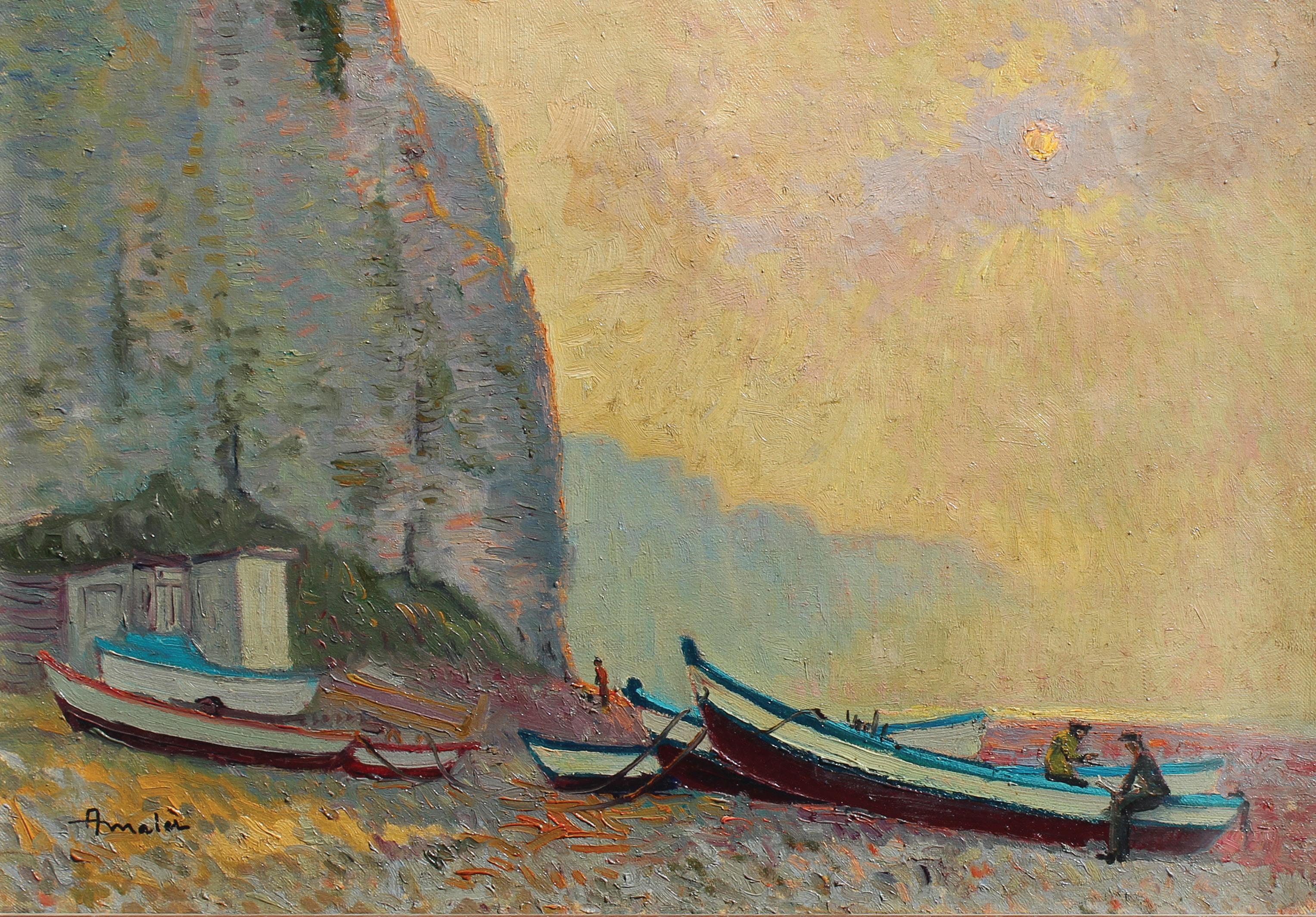
Few artists attain the international acclaim in their lifetimes that has been accorded to André Hambourg, the distinguished laureate of French 20th Century art. His paintings hang in more than fifty museums in France and other countries, and private collectors worldwide have acquired his luminous marines and beach scenes, his poetic compositions of Venice, his landscapes and still lifes - works that brilliantly transcend the art of Impressionism.
Hambourg was born in Paris in 1909. His artistic career began at l’École Nationale Supérieure des Arts Décoratifs, where he studied sculpture in the studio of Paul Niclausse. In 1927 he enrolled in l’École Nationale Supérieure des Beaux-Arts as a student of painting with Lucien Simon. The dealer for Zborowski, Modigliani, and Soutine introduced him to Henri Bénézit, who presented Hambourg’s first important solo exhibition in Paris in 1928. Hambourg was only nineteen years old at the time. Soon after, he became active in the important Paris salons, starting with his first exhibition at the Salon des Tuileries in 1929 and followed by shows at the Salon des Indépendants, the Salon d’Automne, Les Peintres Témoins de leur Temps, the Salon du Dessin, the salon de la Peinture à l’Eau, and the Salon des Terres Latines.
As one of France’s most esteemed artists, Hambourg received the Cross of the Chevalier of the Legion of Honor, his country’s highest honor, in 1951. Vincent Auriol, the president of the French Republic, presented the award to him at a reception in his honor at the Élysée Palace. In 1961 André Malraux named him an Officer of the Legion of Honor. Among an impressive list of cultural awards and honors, he also holds the Croix de Guerre, which he received for his military service from 1939 to 1945, as well as the prestigious Grande Médaille de Vermeil de la Ville de Paris, which he accepted in 1961.
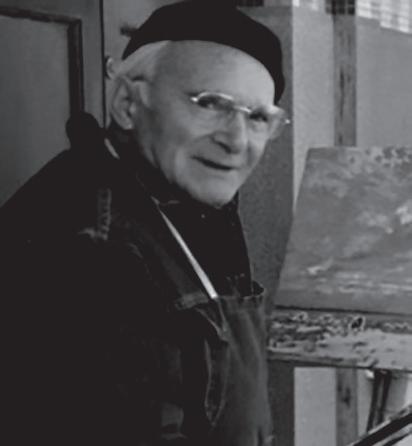
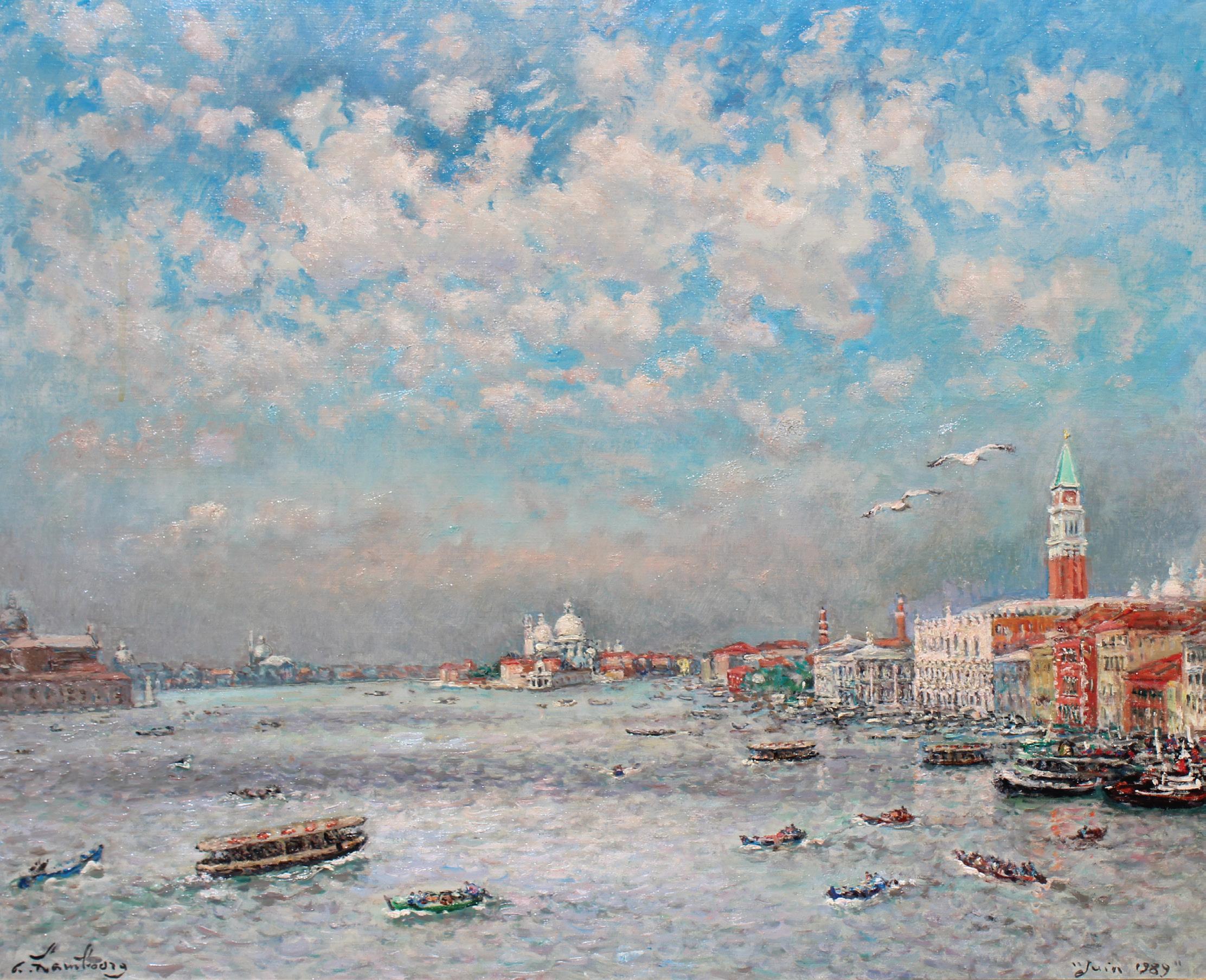

“André Hambourg manages to decant a landscape until it has attained a kind of surreal mystery. He has a taste for simplicity, for fine, accurate brushstrokes and soft colours” - Charles Théophile
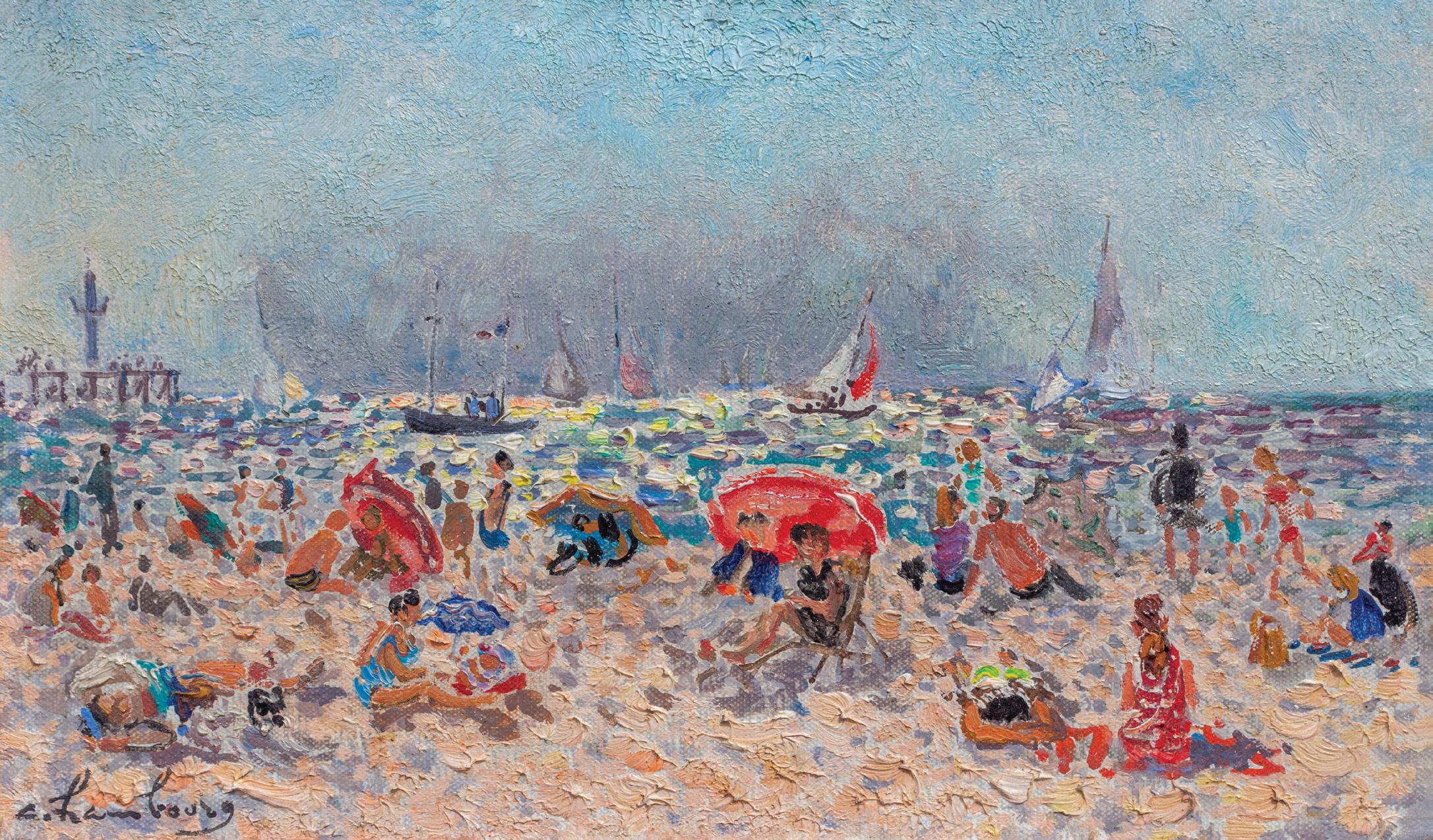
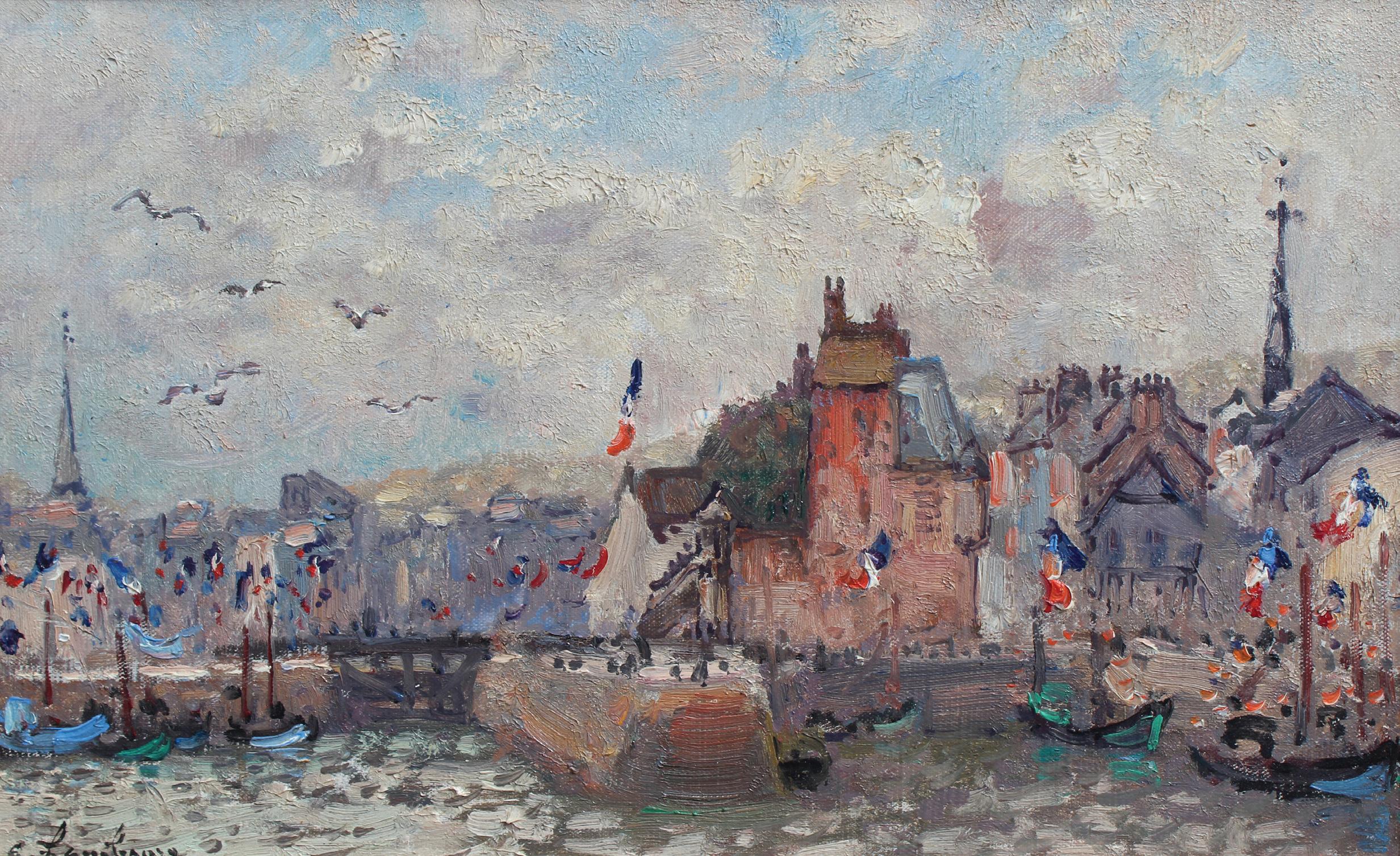
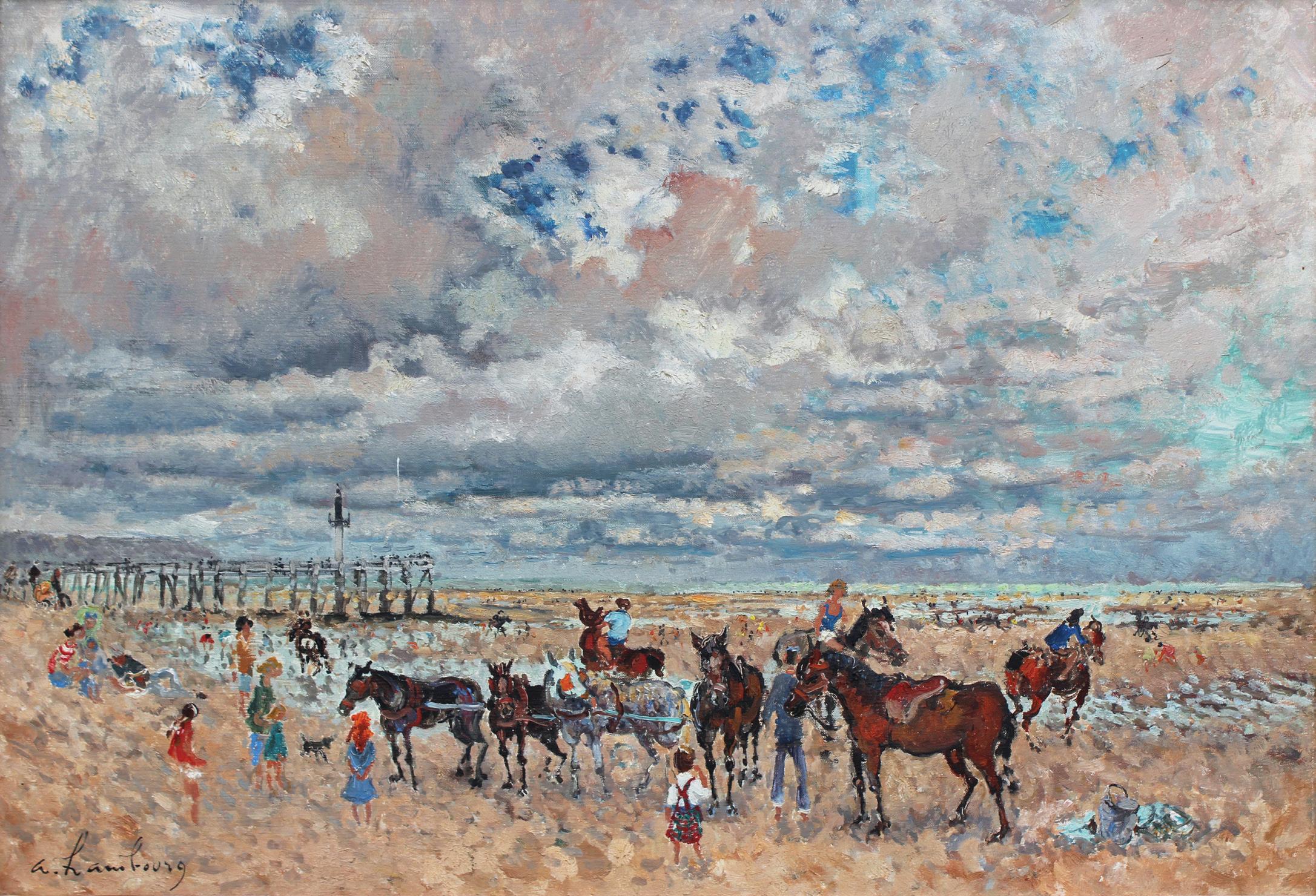
Jacques Martin-Ferrières, born in St. Paul, France, was the son of the great artist Henri Martin (1860-1943). He studied literature and the sciences; he was a fervent musician and played the piano, organ and cello. For him, music was food and the ideal respite after long hours of work at his easel. In addition to studying with and being profoundly influenced by his father, Martin-Ferrières studied with Fréderic Cormon and Ernest Laurent.

He exhibited regularly at the annual Salon des Artistes Français in Paris, where he became an hors-concours member. He won medals at the salon in 1920 and 1923 and received a travel scholarship in 1924. In addition, Martin-Ferrières was awarded the prestigious Prix National in 1925 for Le Peintre, which was later exhibited at the Carnegie Institute in Pittsburgh. His important work, Marche d’Assisi, won him both the Gold Medal at the Paris Salon in 1928 and the Institut Français’ Prix Legay-Lebrun; it was acquired by the City of Paris. In 1937, Martin-Ferrières received a Gold Medal at the Exposition Universelle.

During World War II, Martin-Ferrières joined the Resistance in the Dordogne; he was captured and sentenced to be executed. His life was spared, and by 1950 he was painting and traveling again, most frequently to his beloved Venice. In 1956, Martin-Ferrières was made an Officer of the Légion d’Honneur. Major retrospective exhibitions of the artist’s work were held in Paris in 1939 and 1965.
Martin-Ferrières was an artist whose interest in human beings and life around him became keener with the years. He was a man brimming with life who extracted the artistic essence from everything he experienced. He was a well-rounded artist who produced striking portraits, landscapes, still lifes and monumental mural frescos and decorations. His work is characterized by technical skill, solidity of drawing and superb sensitivity to color. His palette was initially quiet but shifted to warmer colors used with restraint and with an appreciation of their complexity. Whether he painted figures, florals or landscape paintings, all express the same joy of life in the veritable feast of light and color.
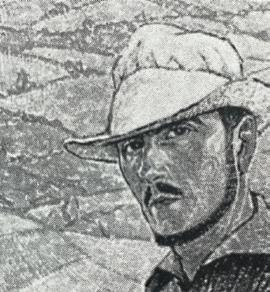

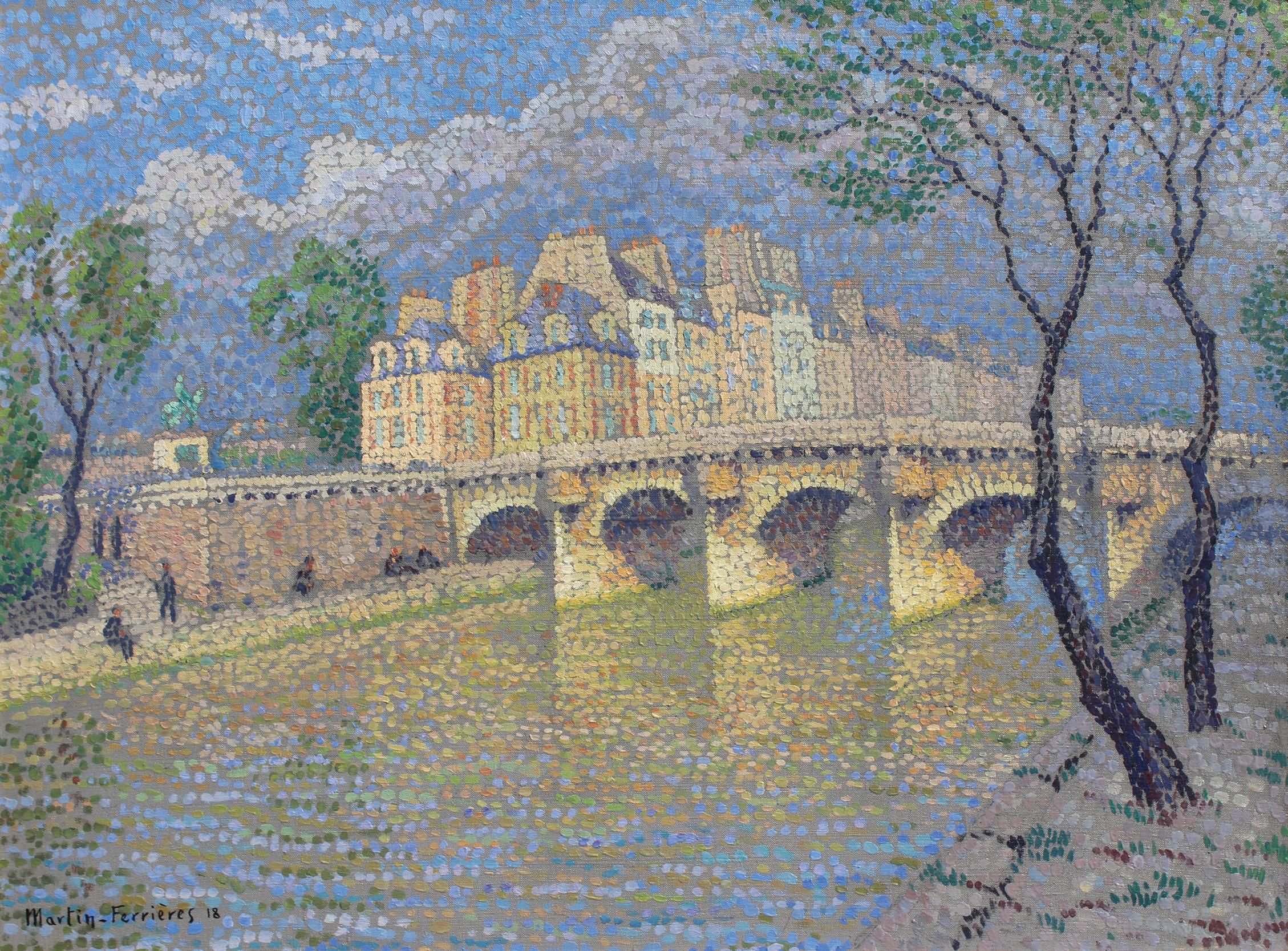

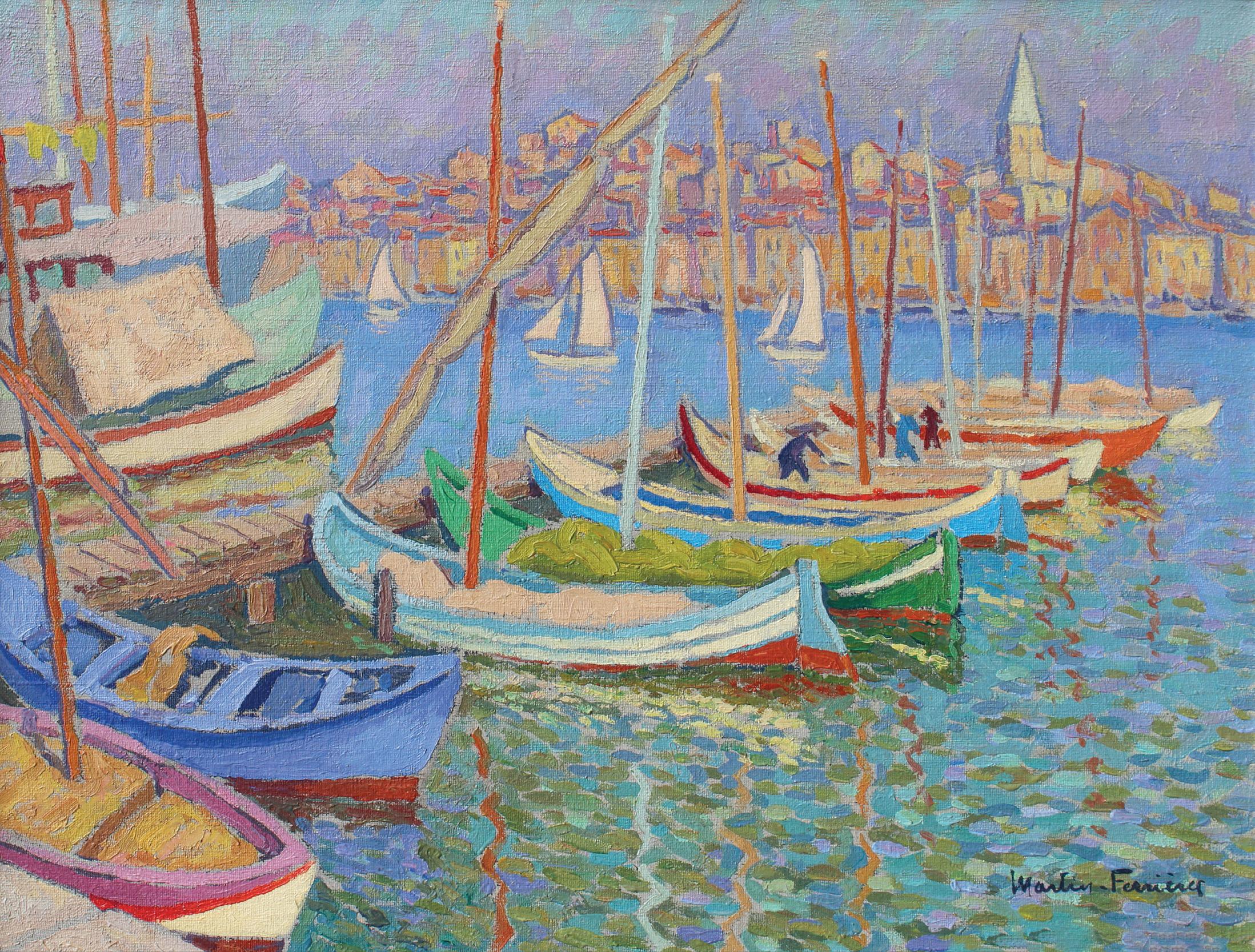
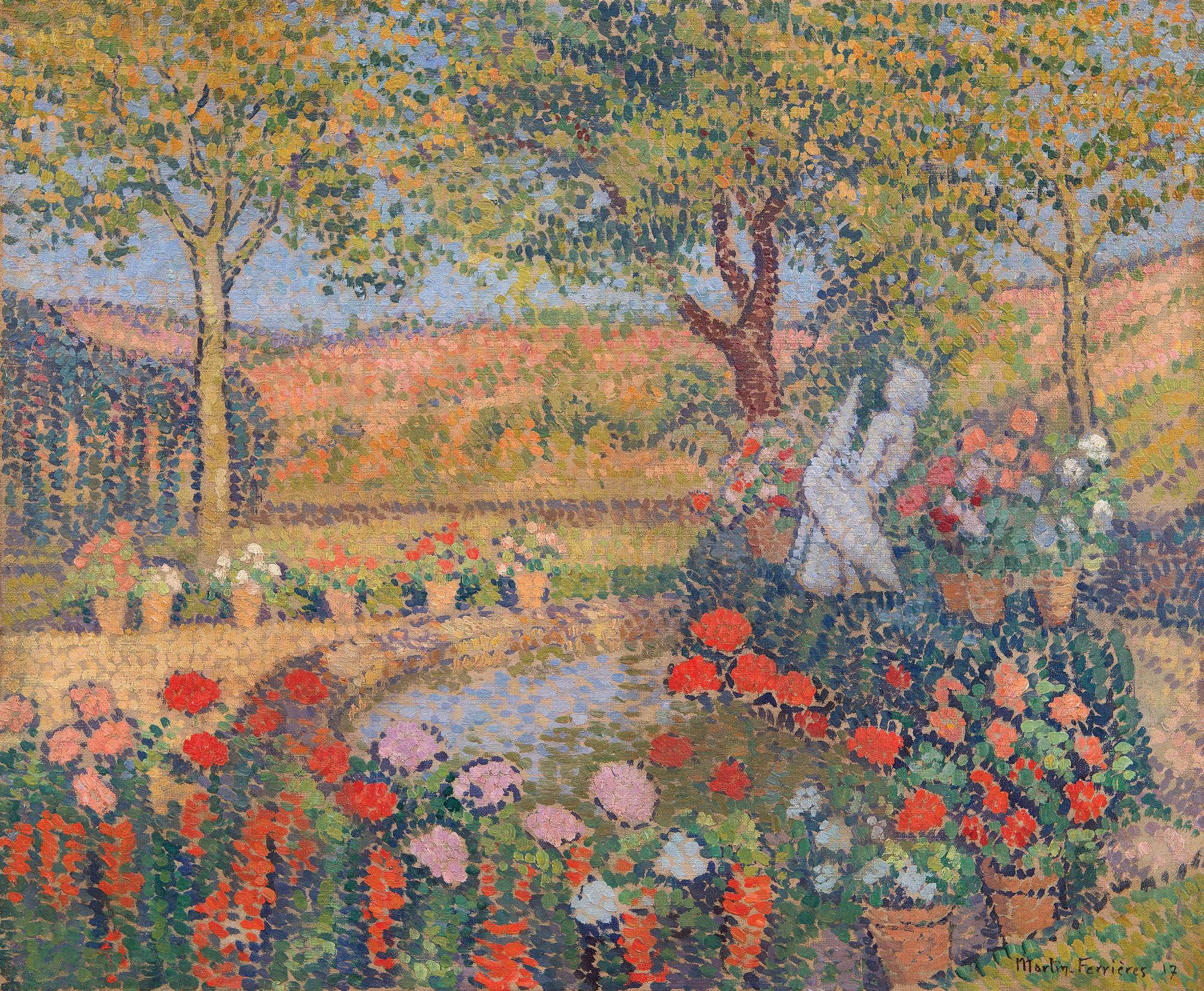
Born in Paris in 1874 Pierre-Eugene Montézin was a distinguished painter of landscapes and rural scenes, yet he resided in Paris for his entire life. His father was a designer of lace who apprenticed his son to the workshop of a decorator specializing in murals. Montézin also studied under the painter Ernest Quost, and it was Quost, together with Montézin’s interest in the Impressionists, that inspired him to embark on a career as a painter.
Montézin first exhibited at the Paris Salon in 1903 and continued to do so, being awarded a third-class medal in 1907 and a second-class medal in 1910. Montézin enlisted in 1914 and served throughout the First World War. On his return to painting, he spent a year painting landscapes of the region. In 1920 he was awarded the Rosa Bonheur prize at the salon but exhibited more frequently at the Salon des Artistes Française. Here he was awarded the Medal of Honour and subsequently elected to the Jury Committee of the Artistes Française, he was also elected a member of the Academie des Beaux-Arts, and In 1923 he was made Chevalier d’Honneur.
Montézin’s style was a continuation of that of the Impressionists, distinguished by the spontaneity of brushwork and a clarity of light. He left behind a legacy of works that profoundly influenced younger followers of Post-Impressionist landscape painting.
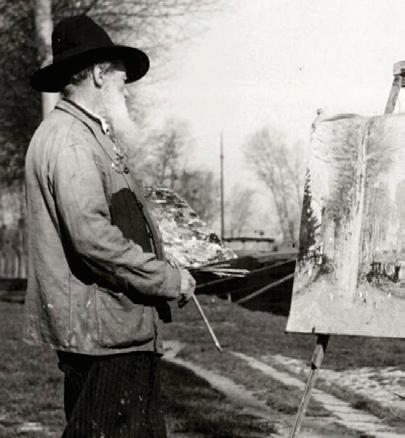
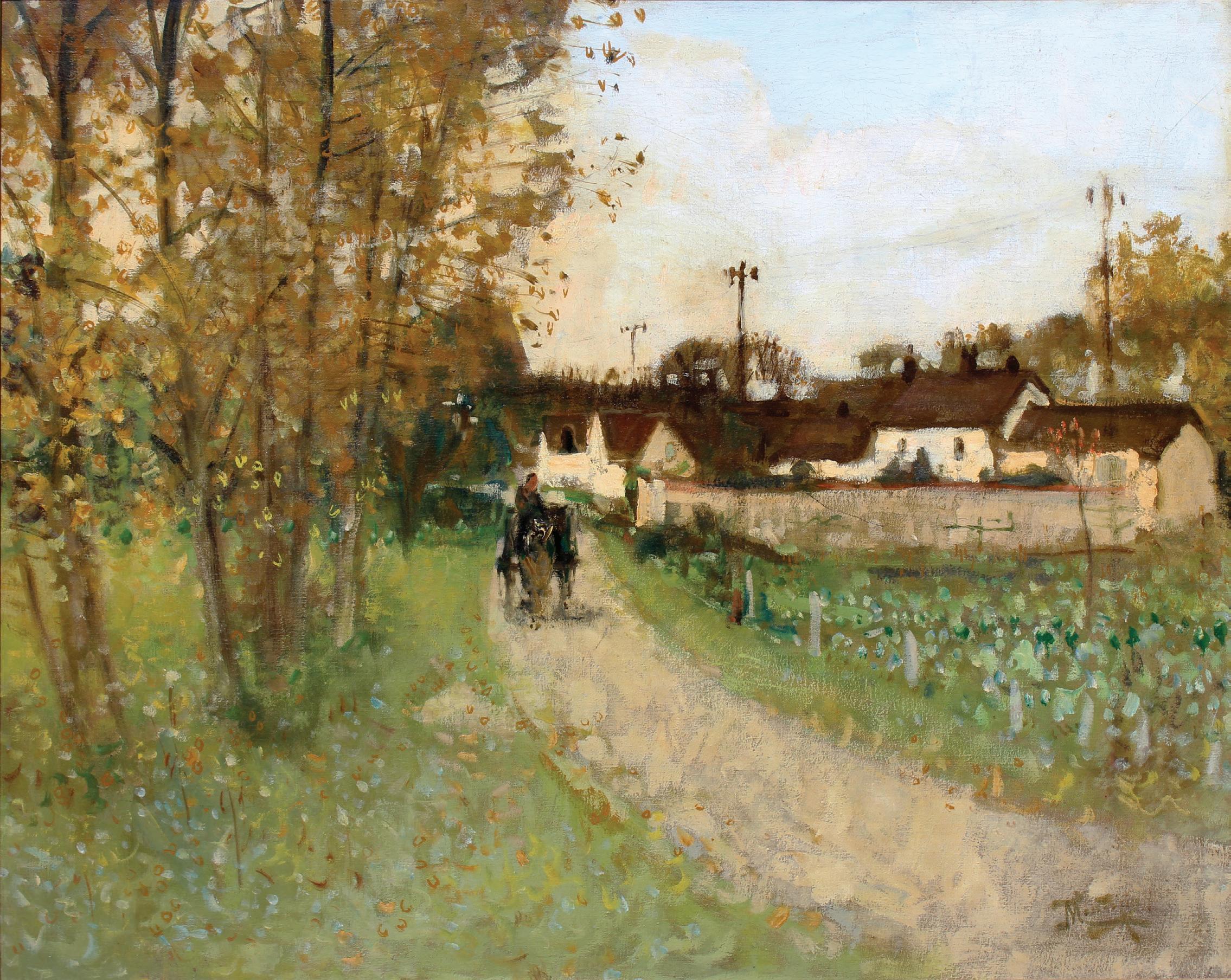
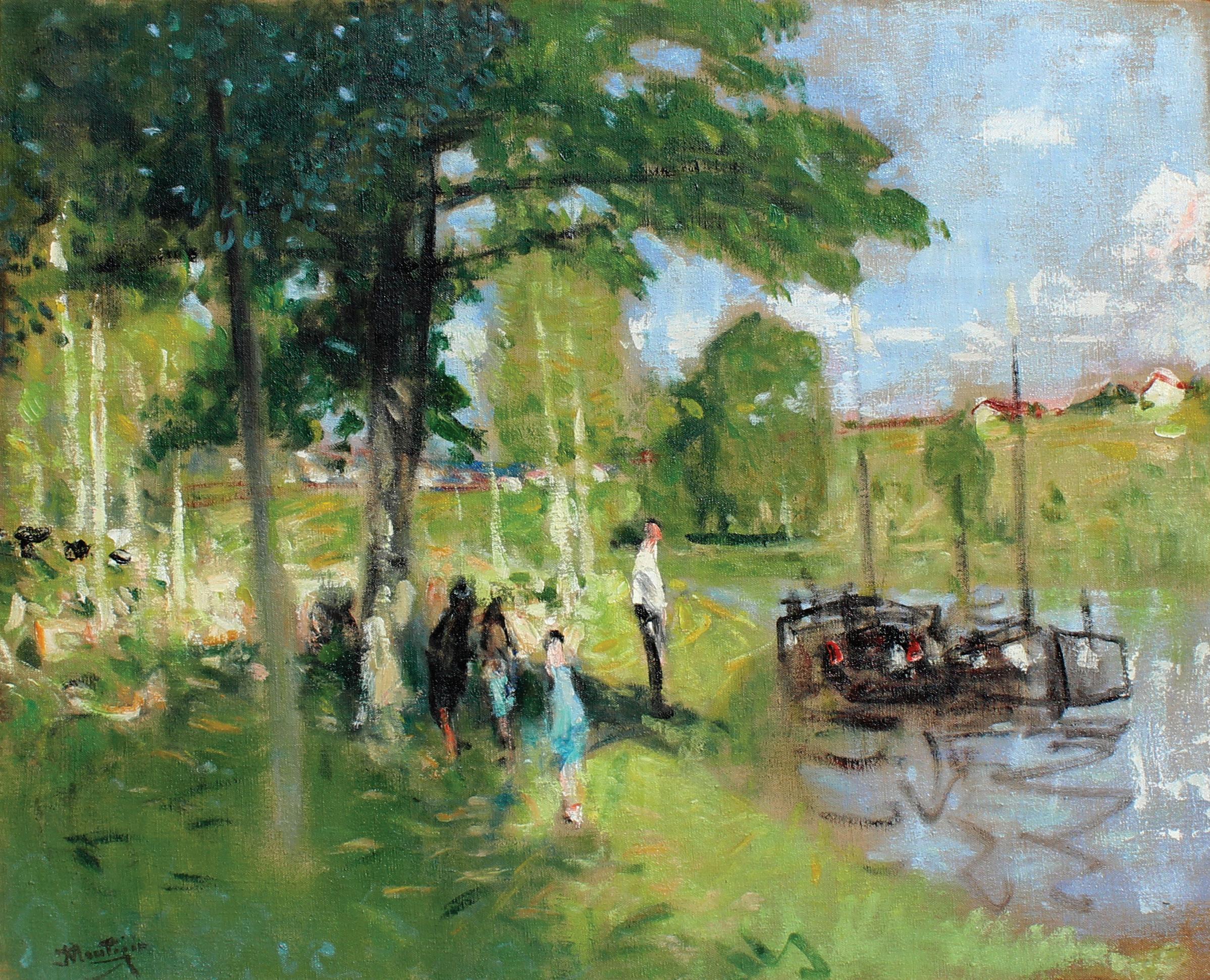


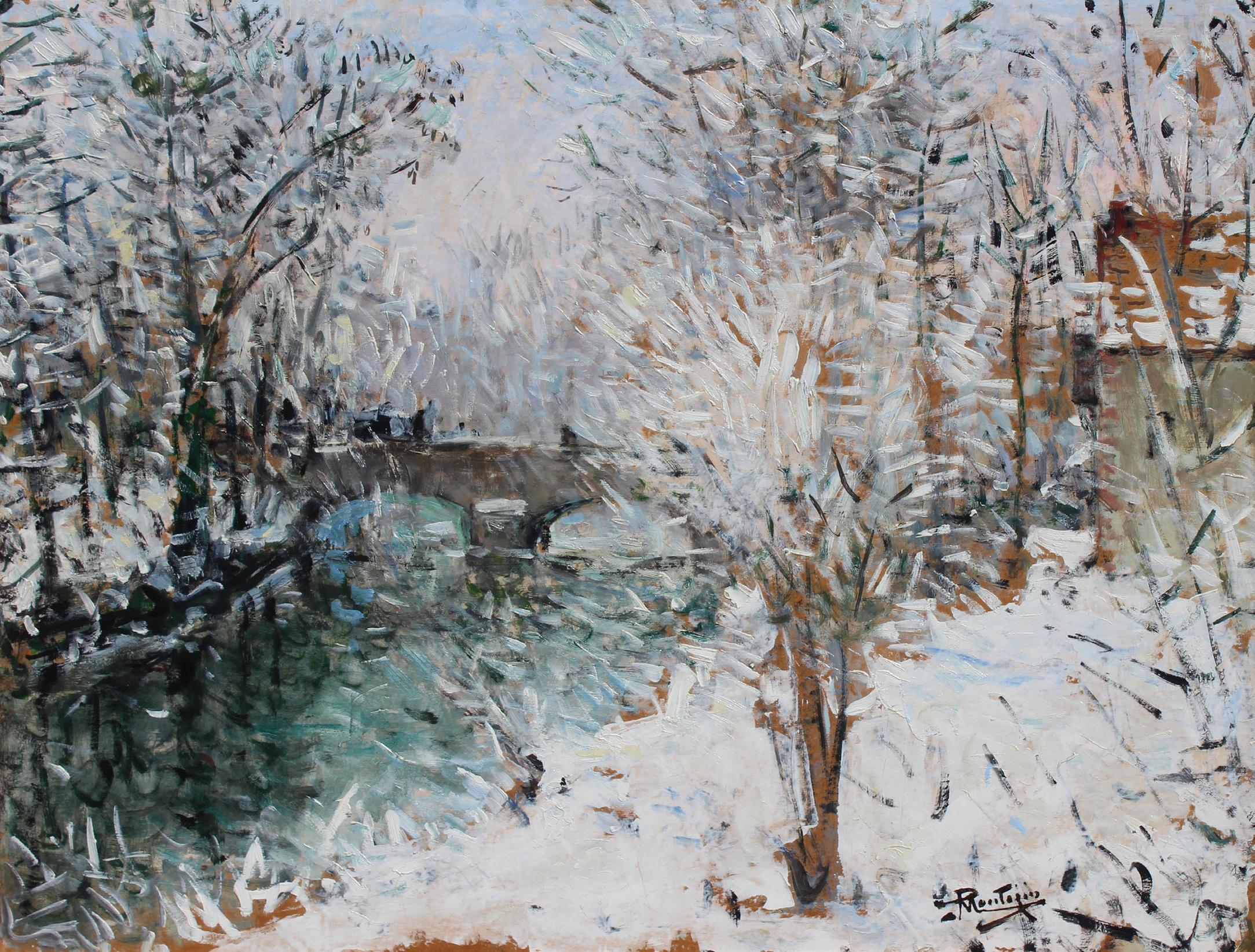
Gaston Sébire, born in Saint-Samson, Normandy, in 1920, is recognized as one of France’s leading landscape and marine painters. Sébire was silent and solitary by nature, with a personality as strong and frank as his paintings. Self-taught, he had his first exhibition in 1952 and the following year earned both the Prix de la Critique and the Prix Casa Velazquez, which allowed him to spend eighteen months studying in Spain, free of financial concerns for the first time.
In a 1991 interview with the French magazine Le Courrier des Galeries, Gaston Sébire discussed his early love of poetry and music and his fascination with the sea. He was a true Norman and was also strongly attached to the soil. After successful Paris exhibitions, he returned to Rouen to his large house overlooking the town to plunge himself again into painting.
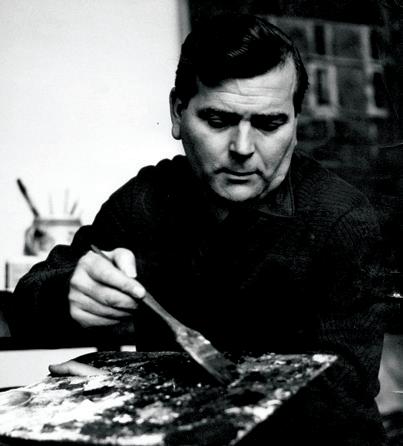
Wally Findlay Galleries brought Sébire’s work to America during the late 1950s. Since, he was recognized as the official painter for the Ministry of the Navy of France and was knighted by the French government with the Chevalier de l’Ordre National du Merite. He exhibited in all the important salons of Paris but remained fiercely loyal to his native Normandy, where he lived.
A talented, independent, and productive painter, Sébire is recognized today as one of the premier Post-Impressionists from the famed l’École de Rouen and a master of plein-air painting. Sébire’s eloquent paintings revolve around the song of the earth, the beautiful landscapes, seascapes, and villages where life is imbued with blue skies, light winds, colorful regattas, and afternoons in the garden or by the seashore. His works bridge the gap between the traditional and the modern, with straightforward representations becoming luscious expressionistic works.
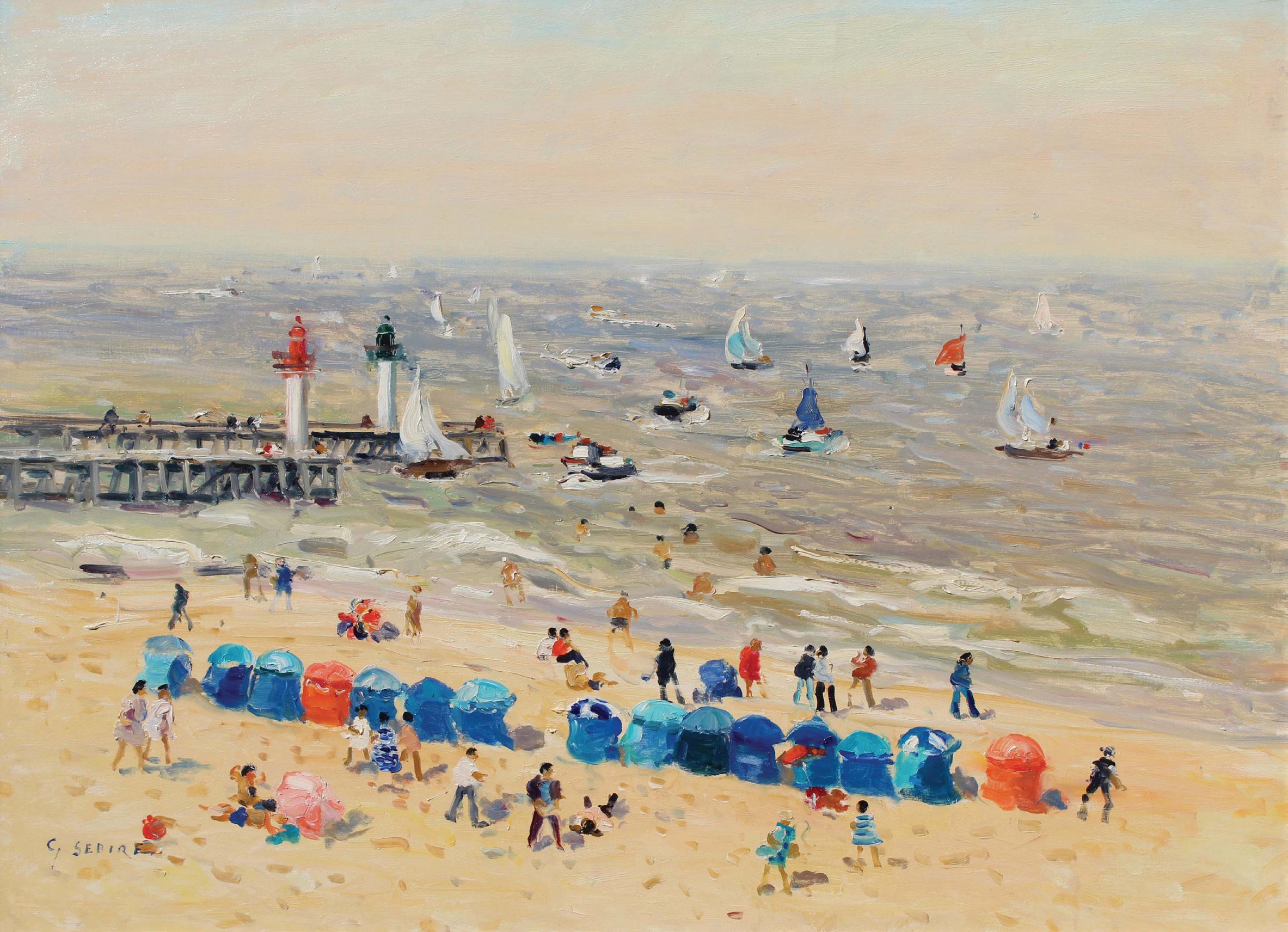
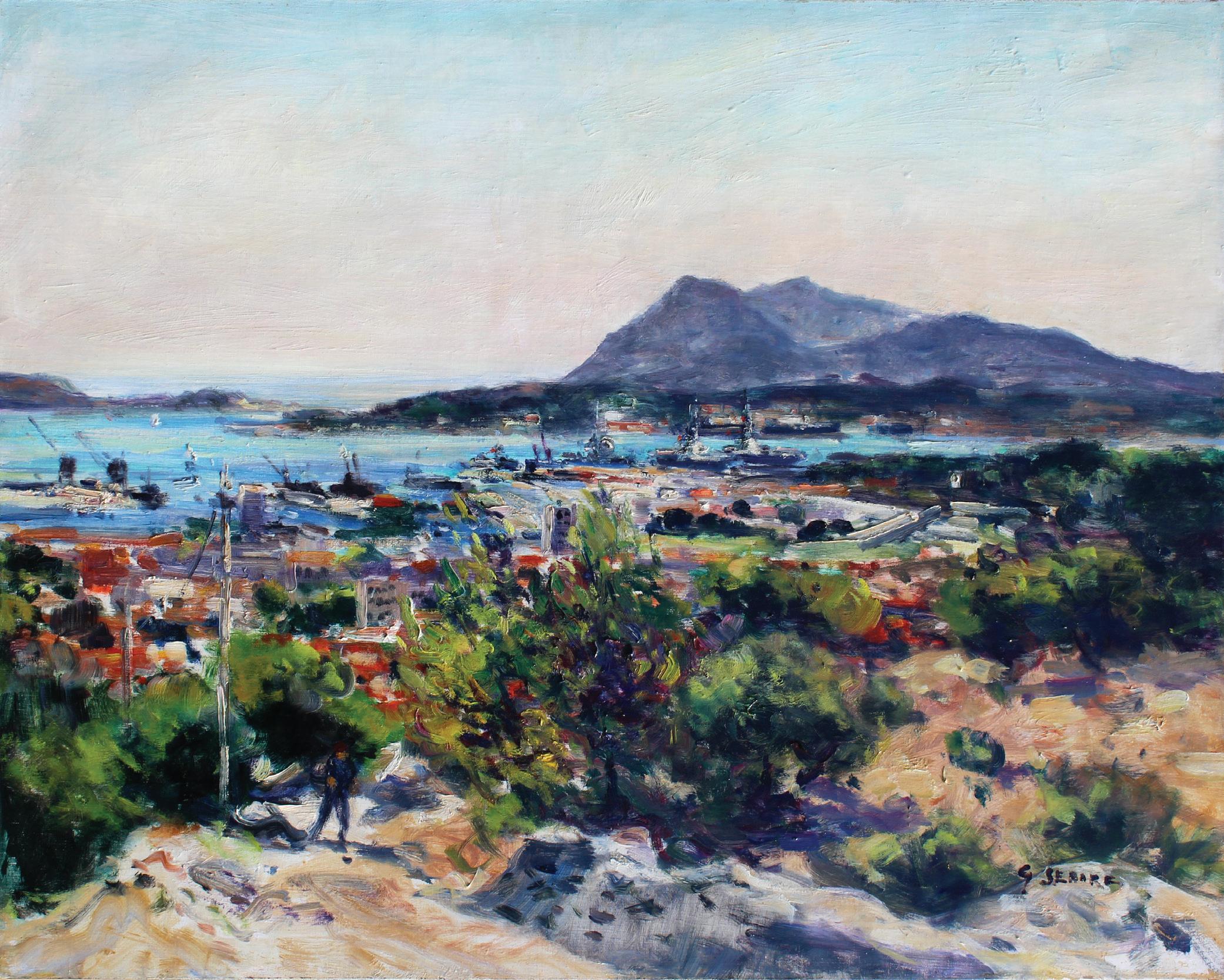
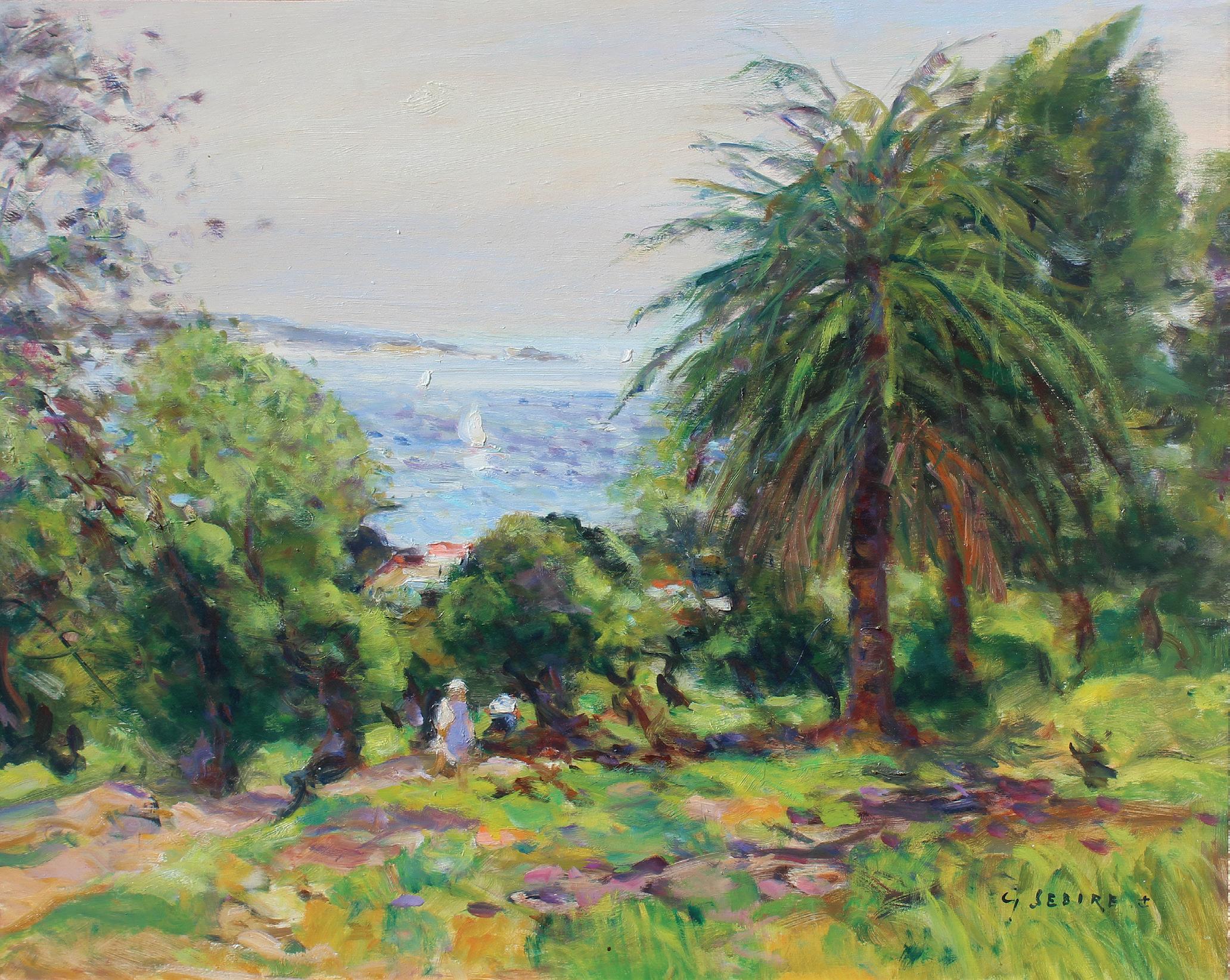
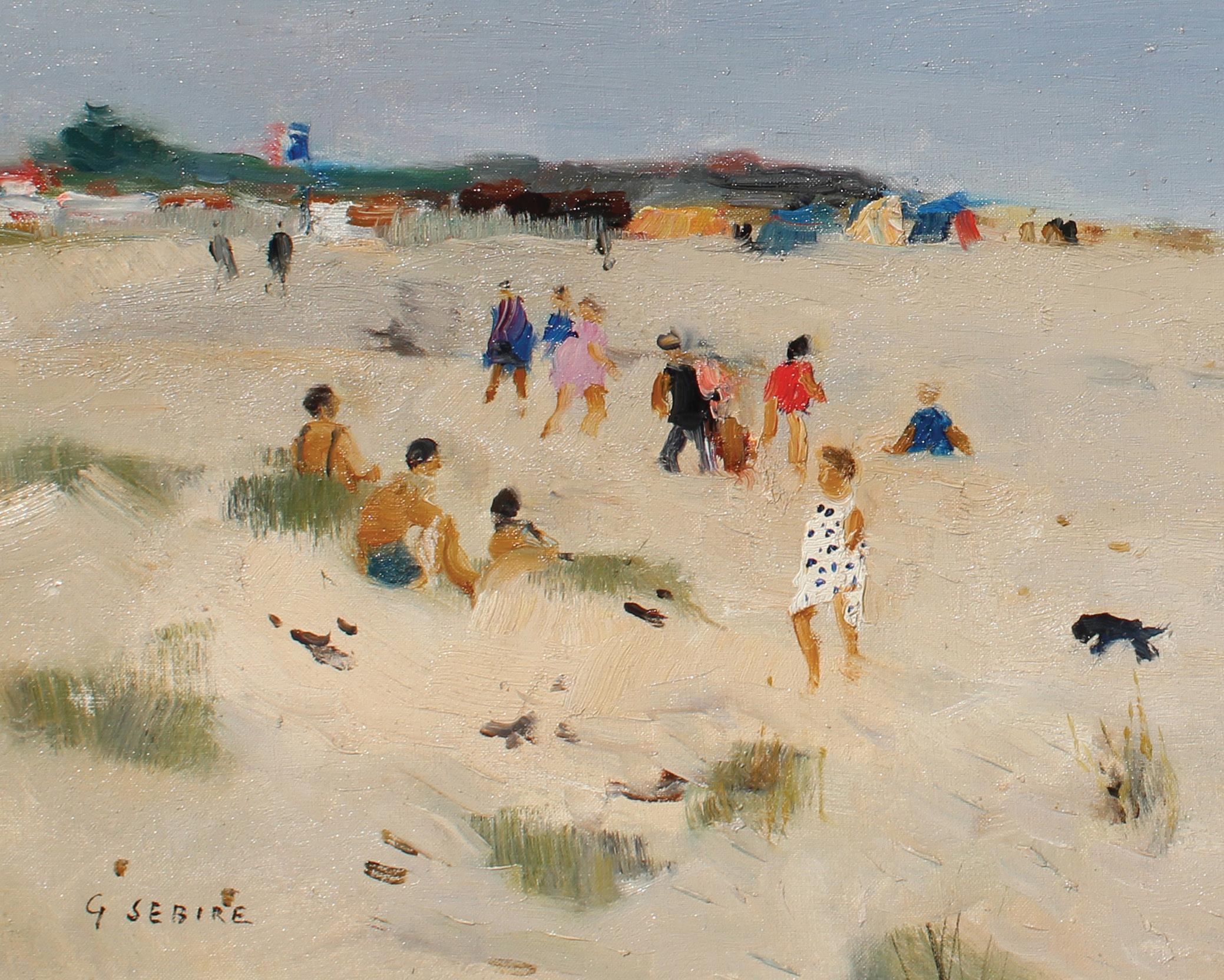
“As a child, I could spend hours watching its majestic motion, the range of its colors, hearing its invitation to ‘come away.’ – Gaston Sébire
